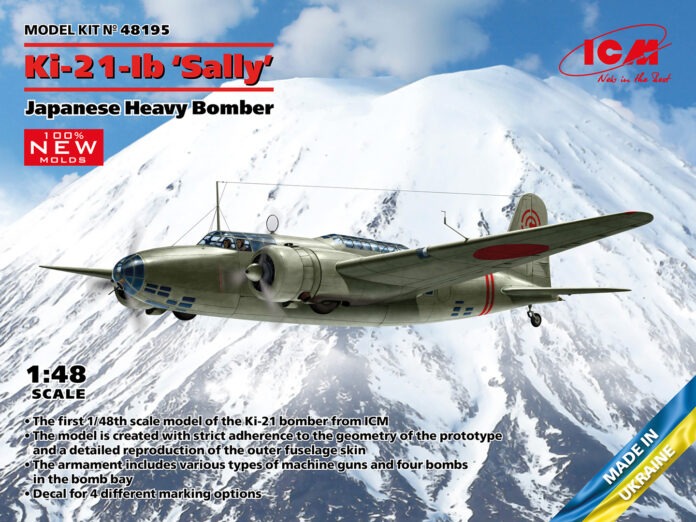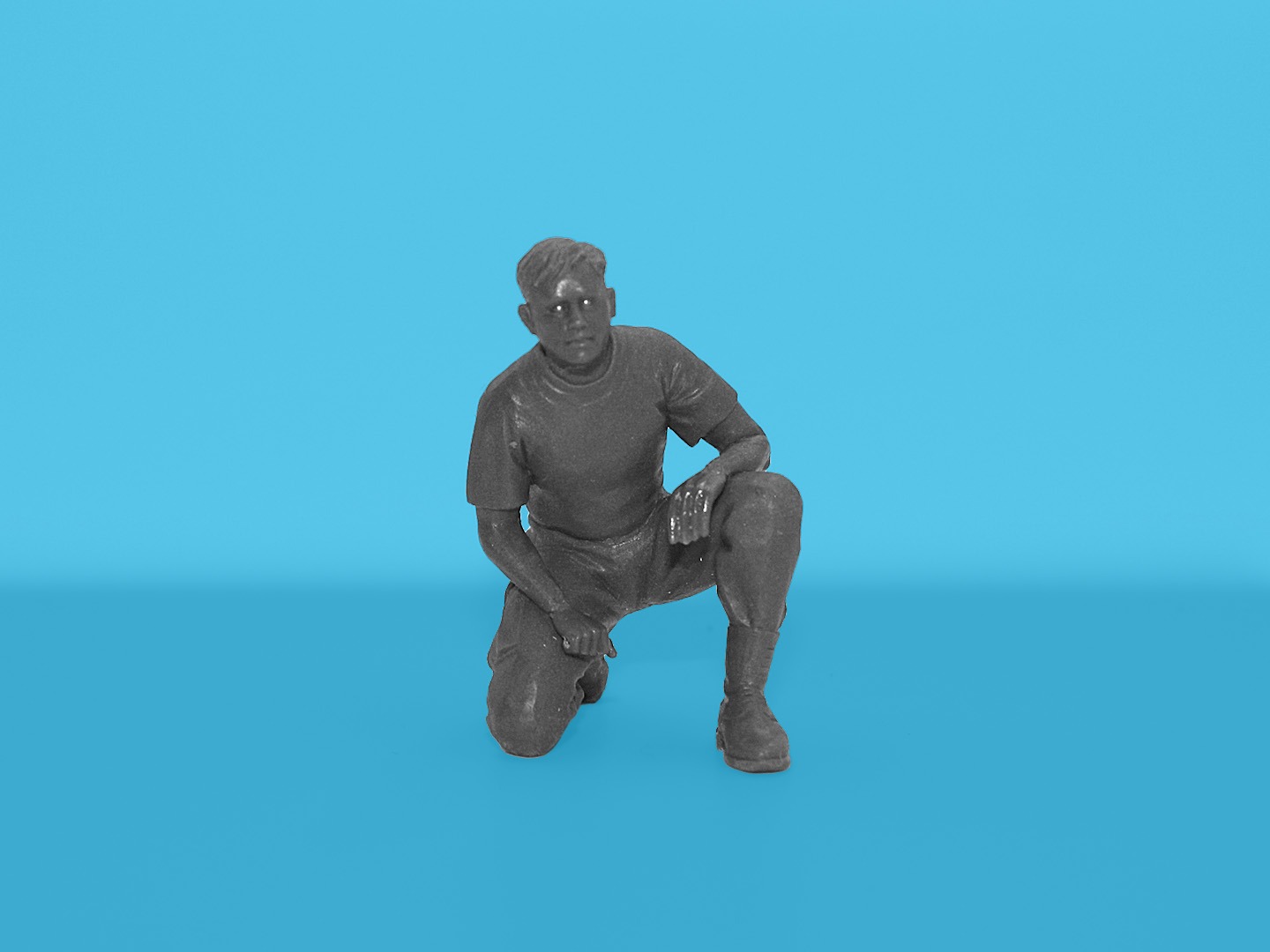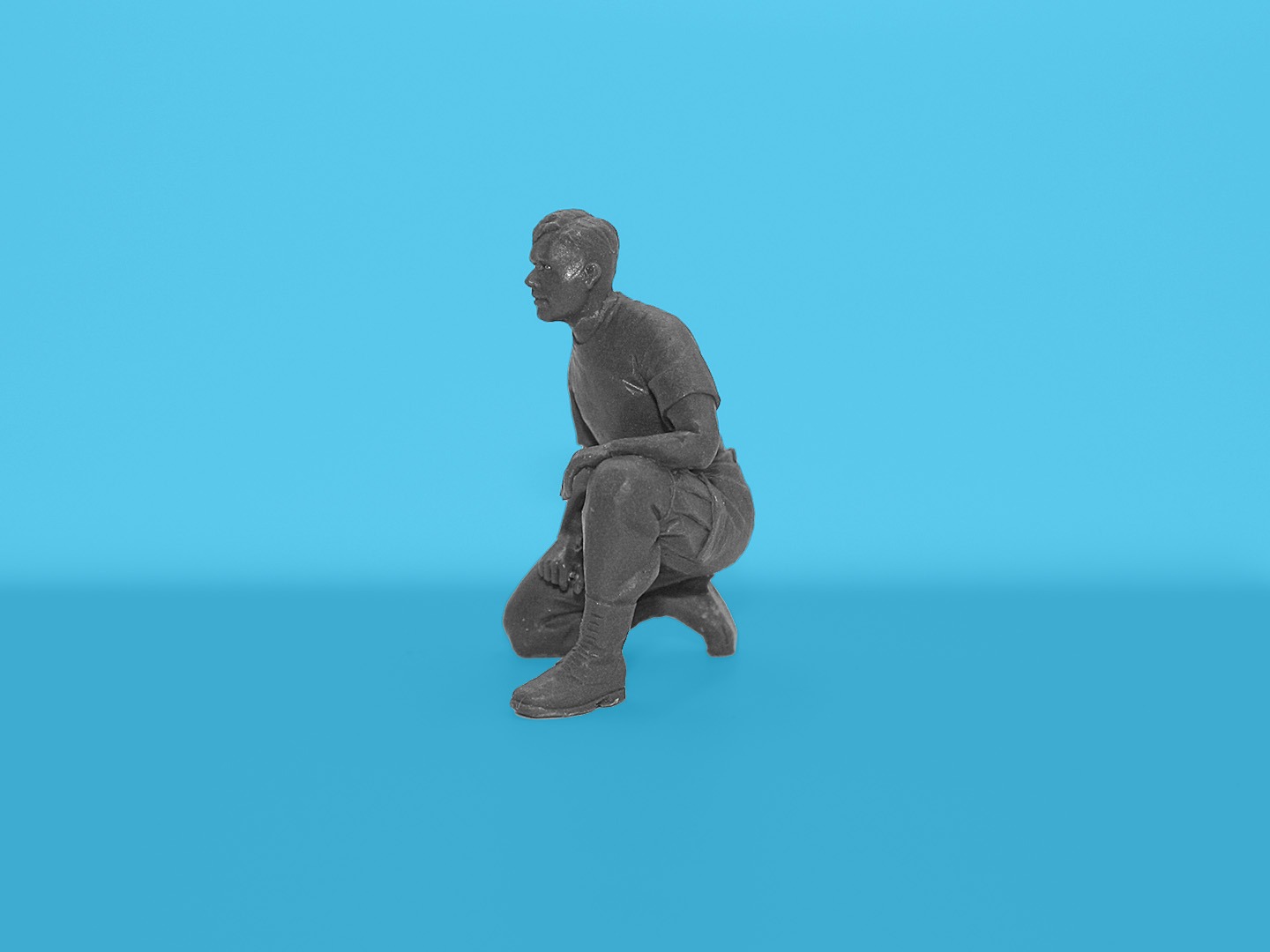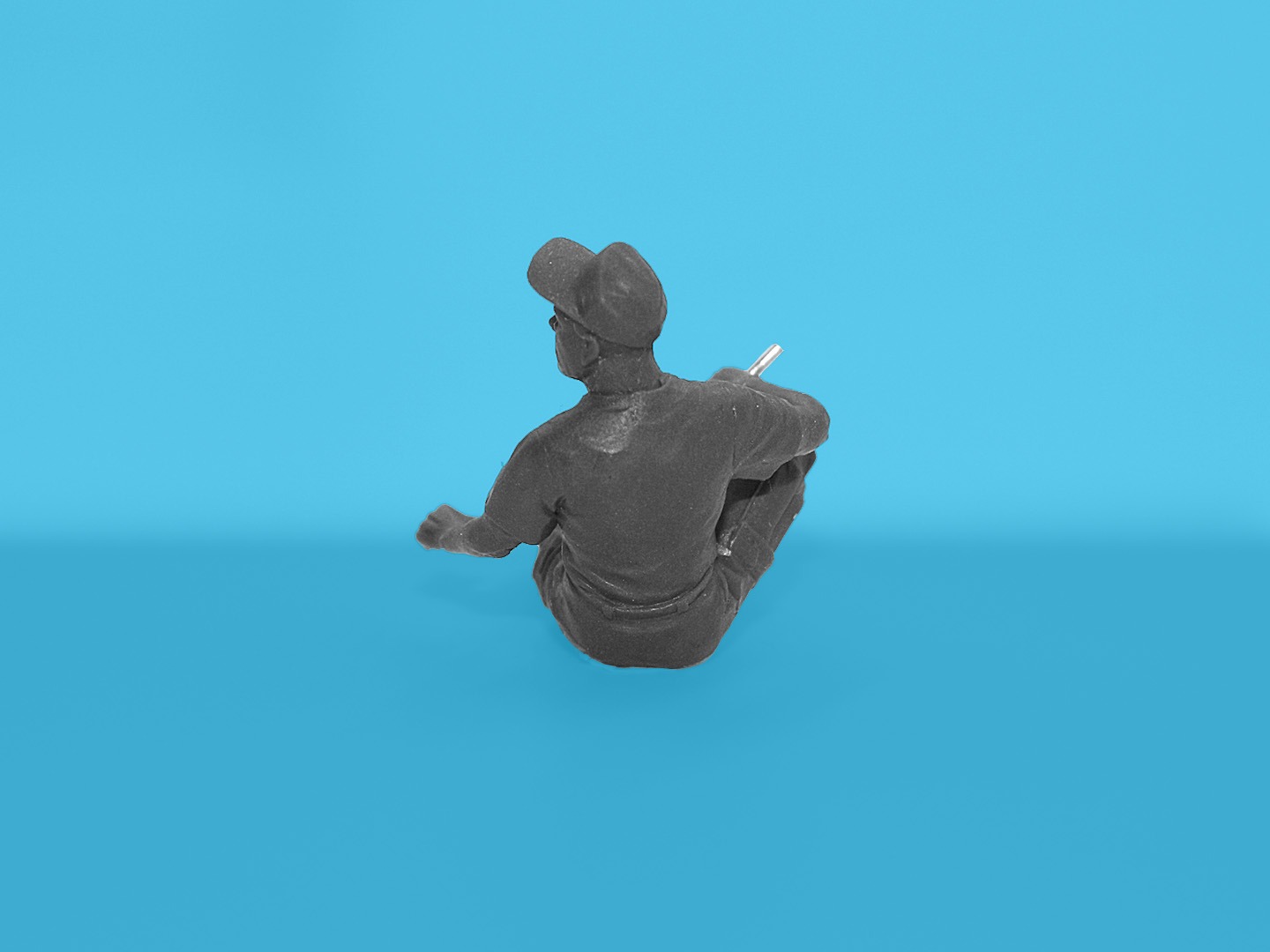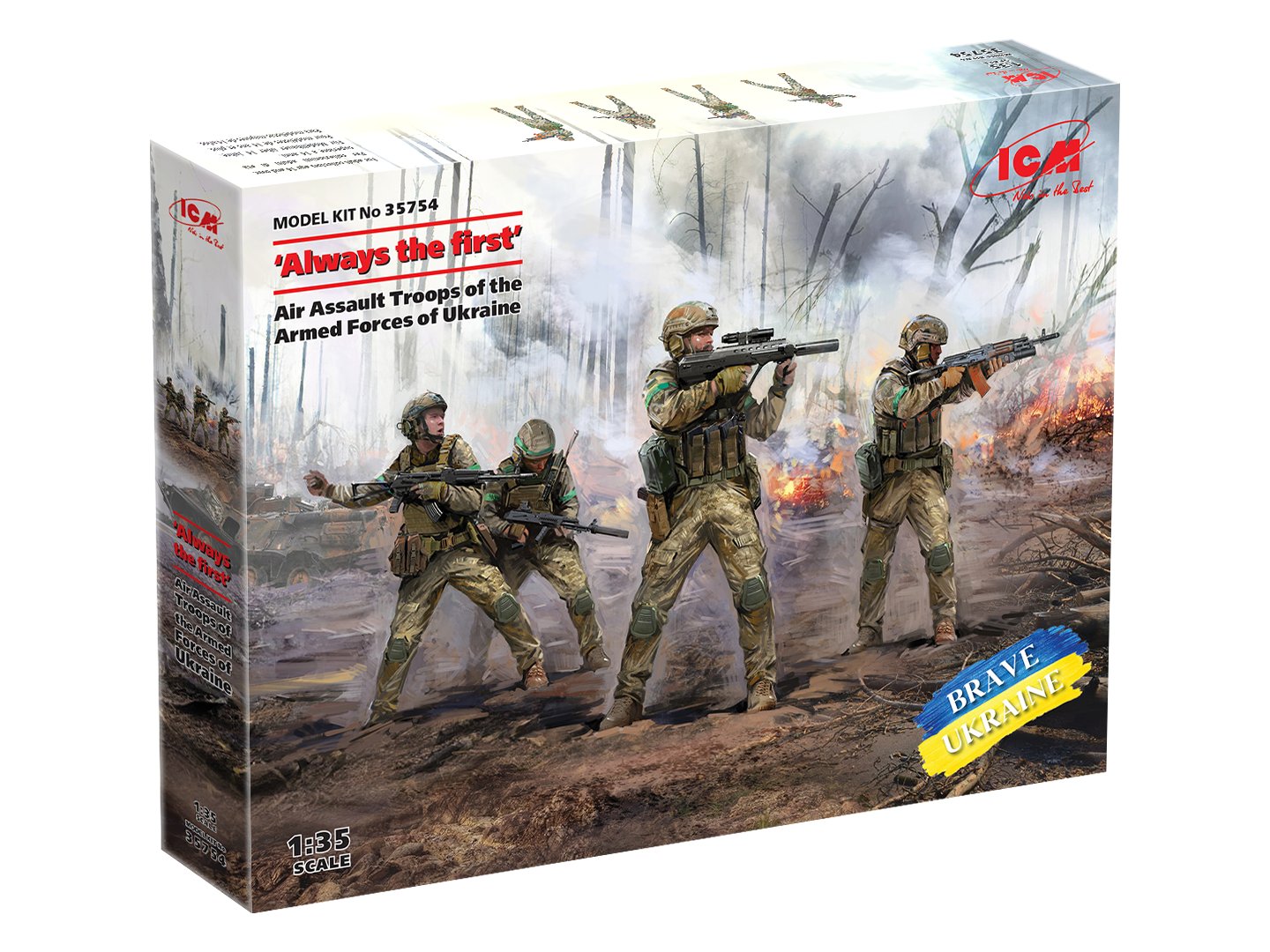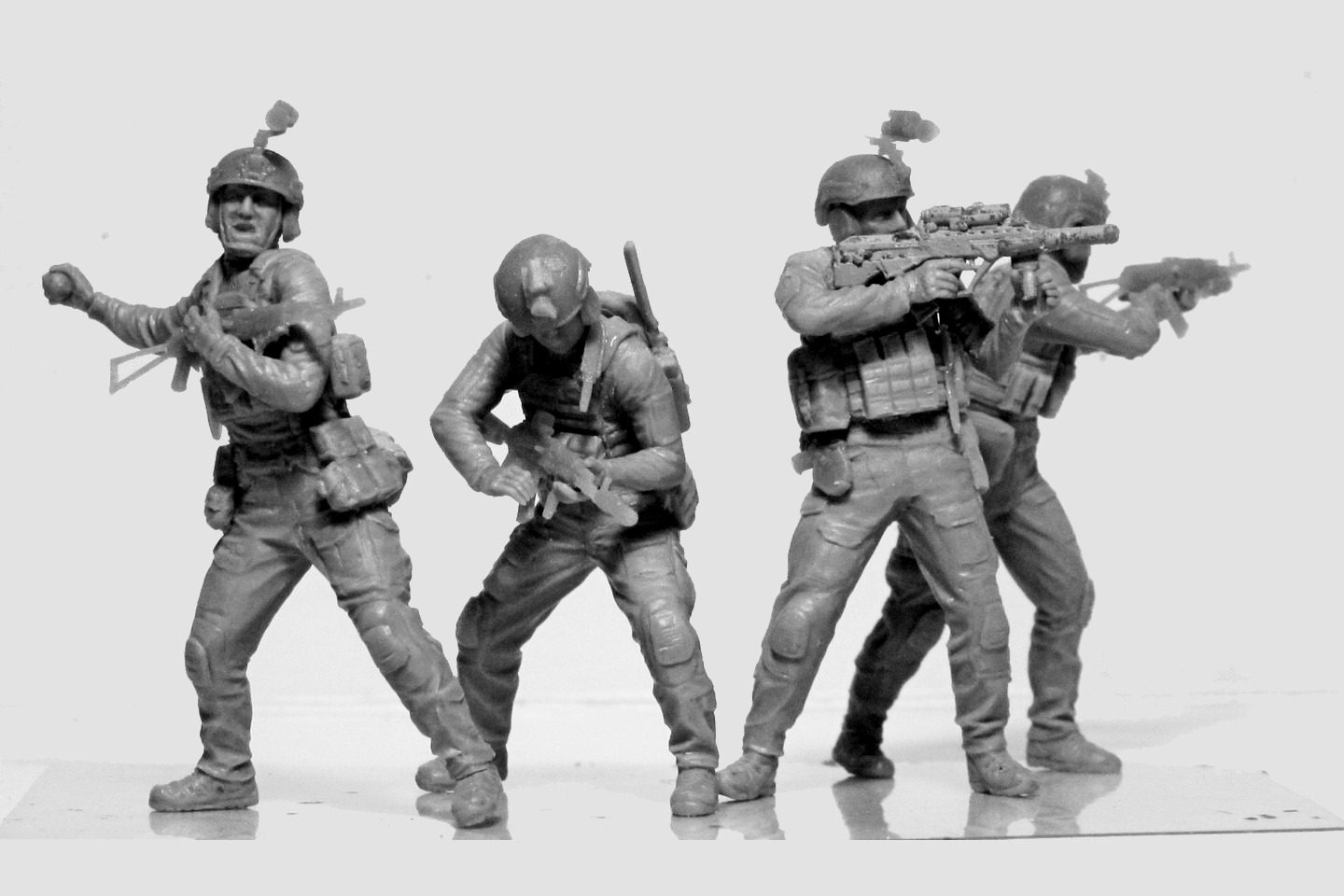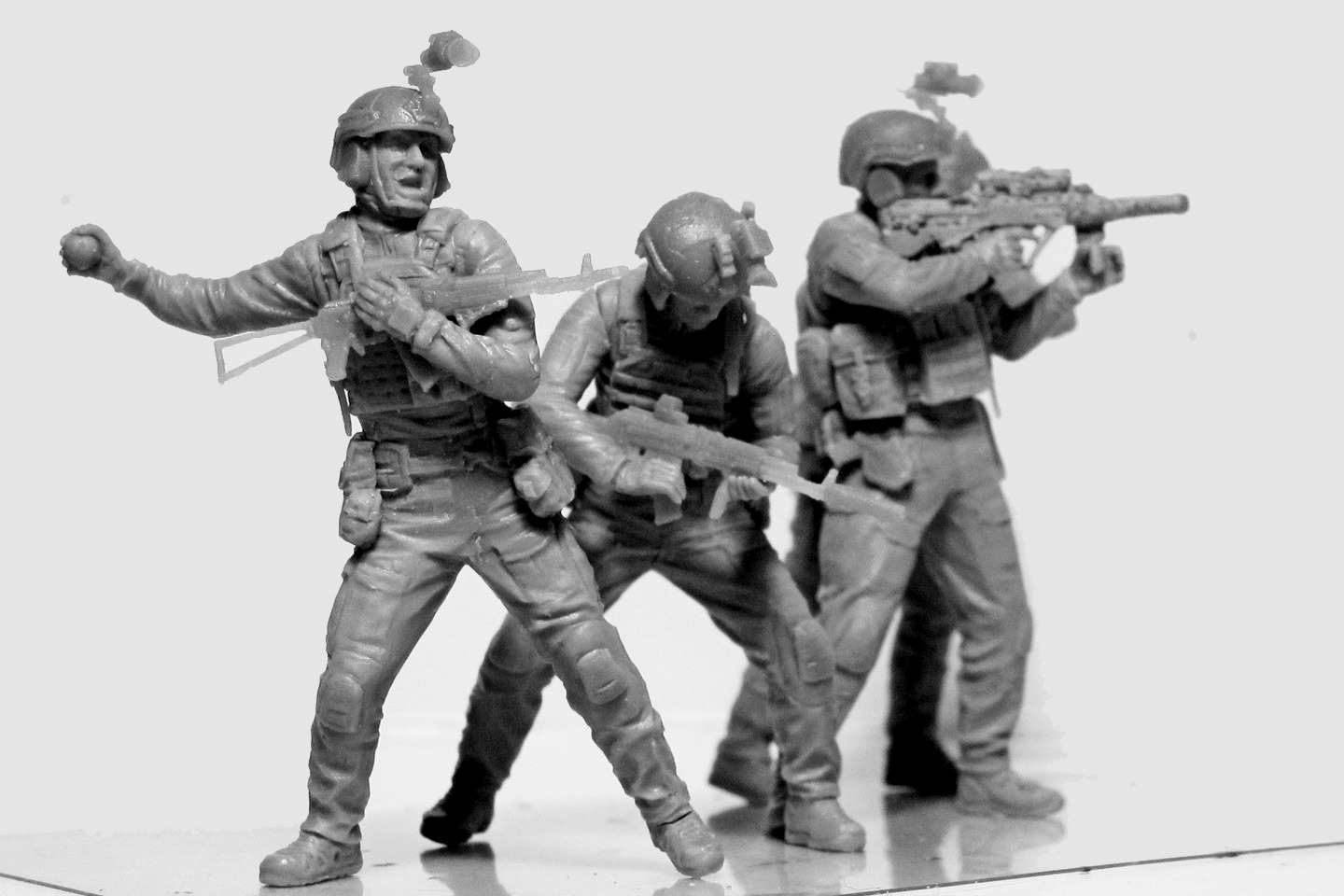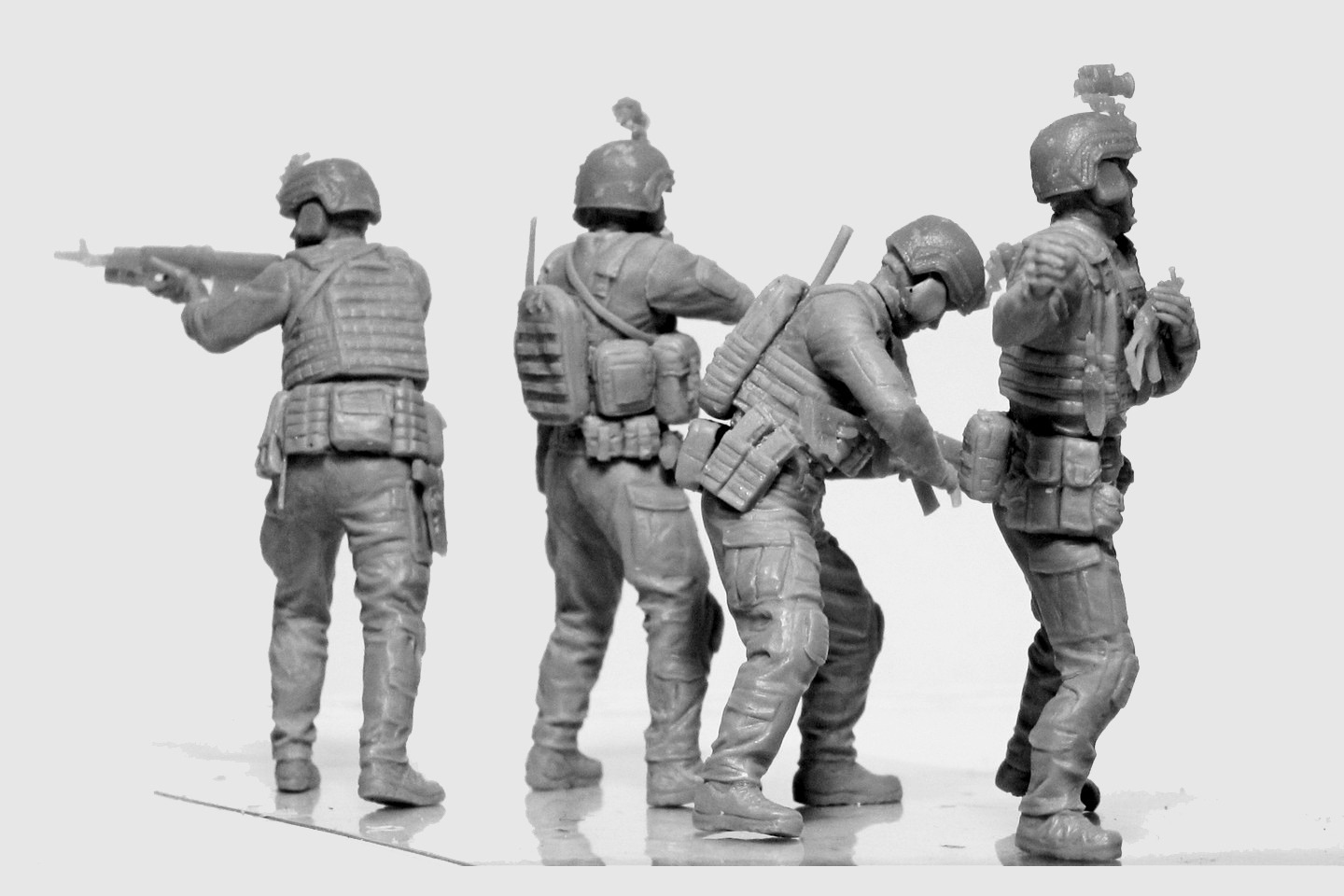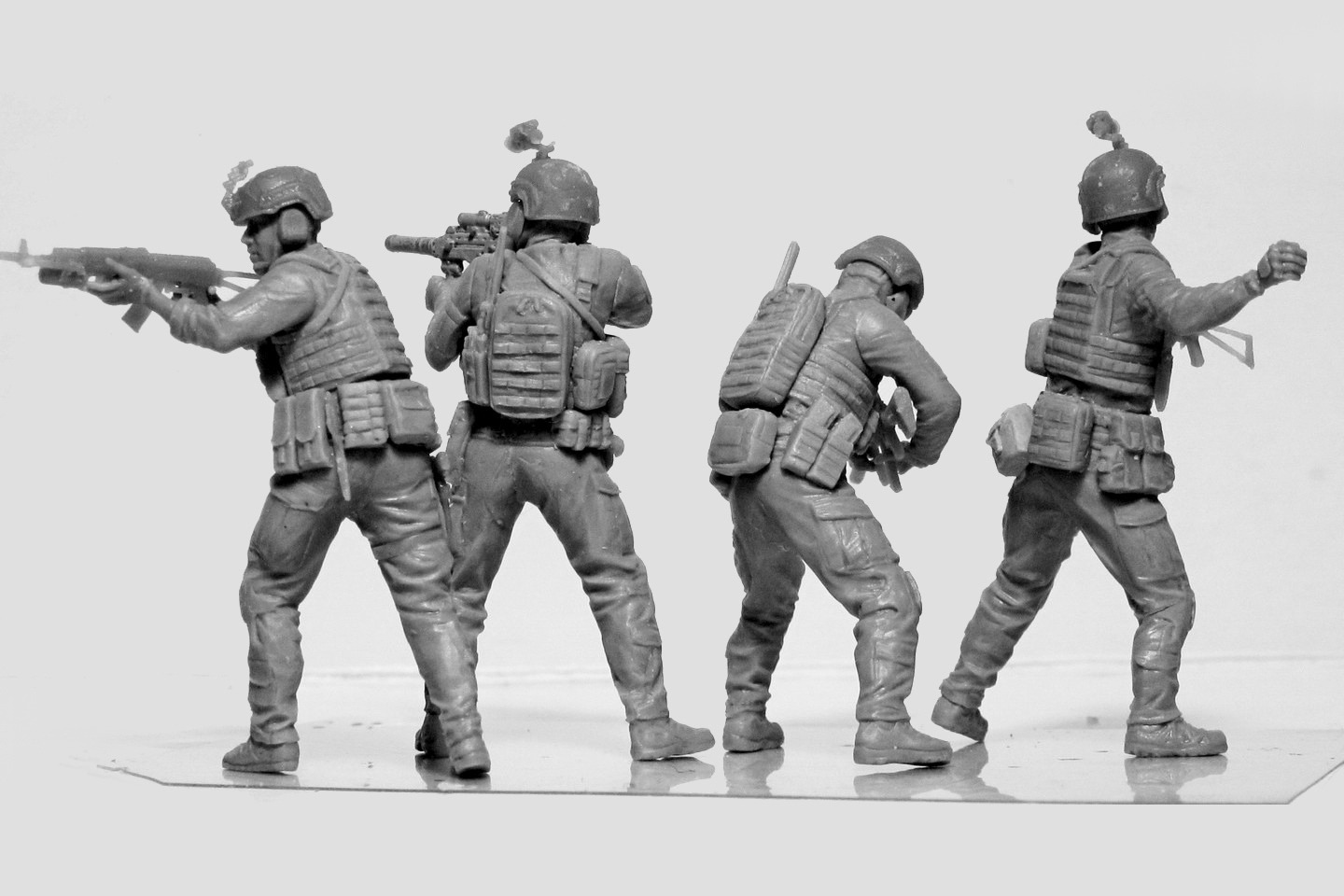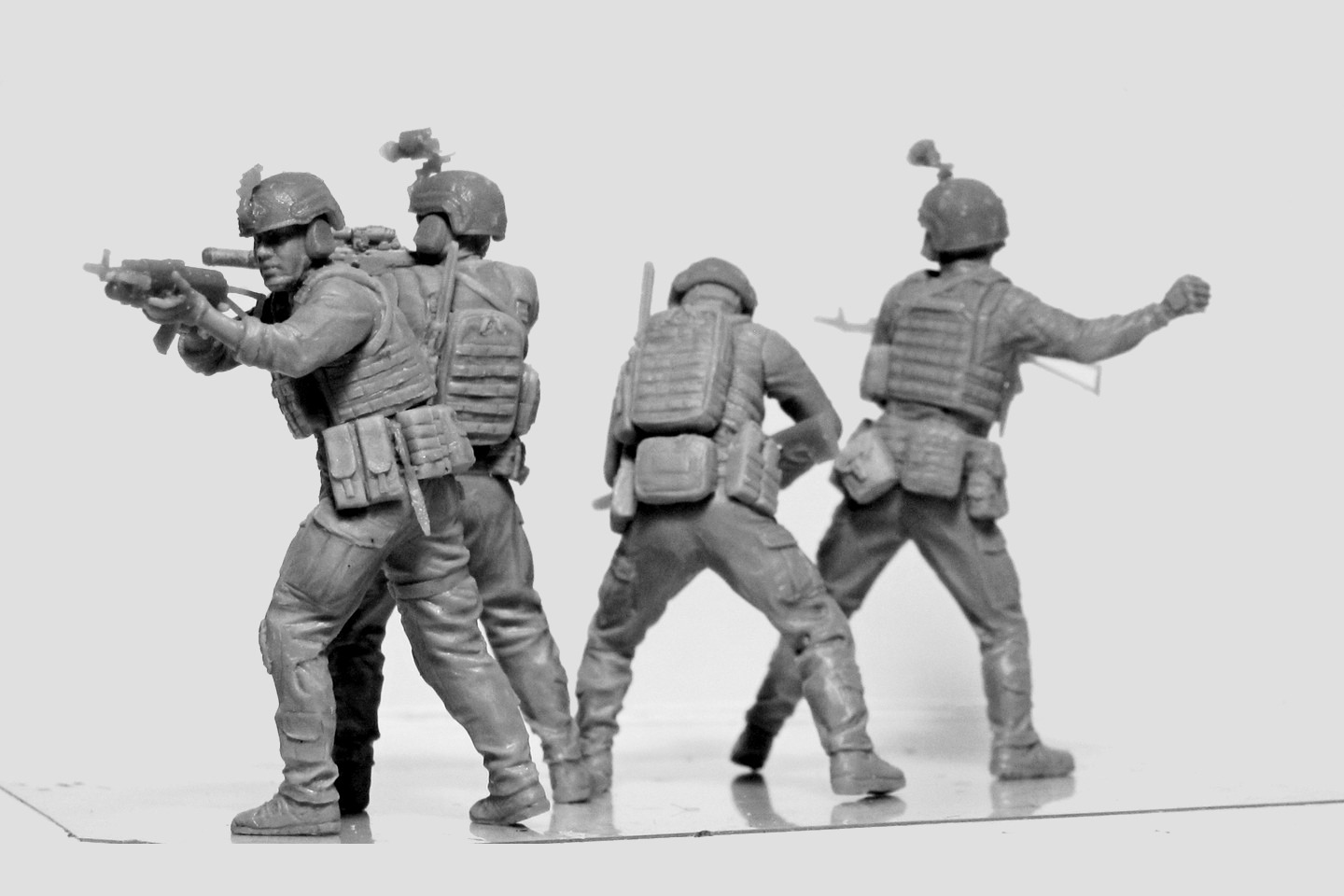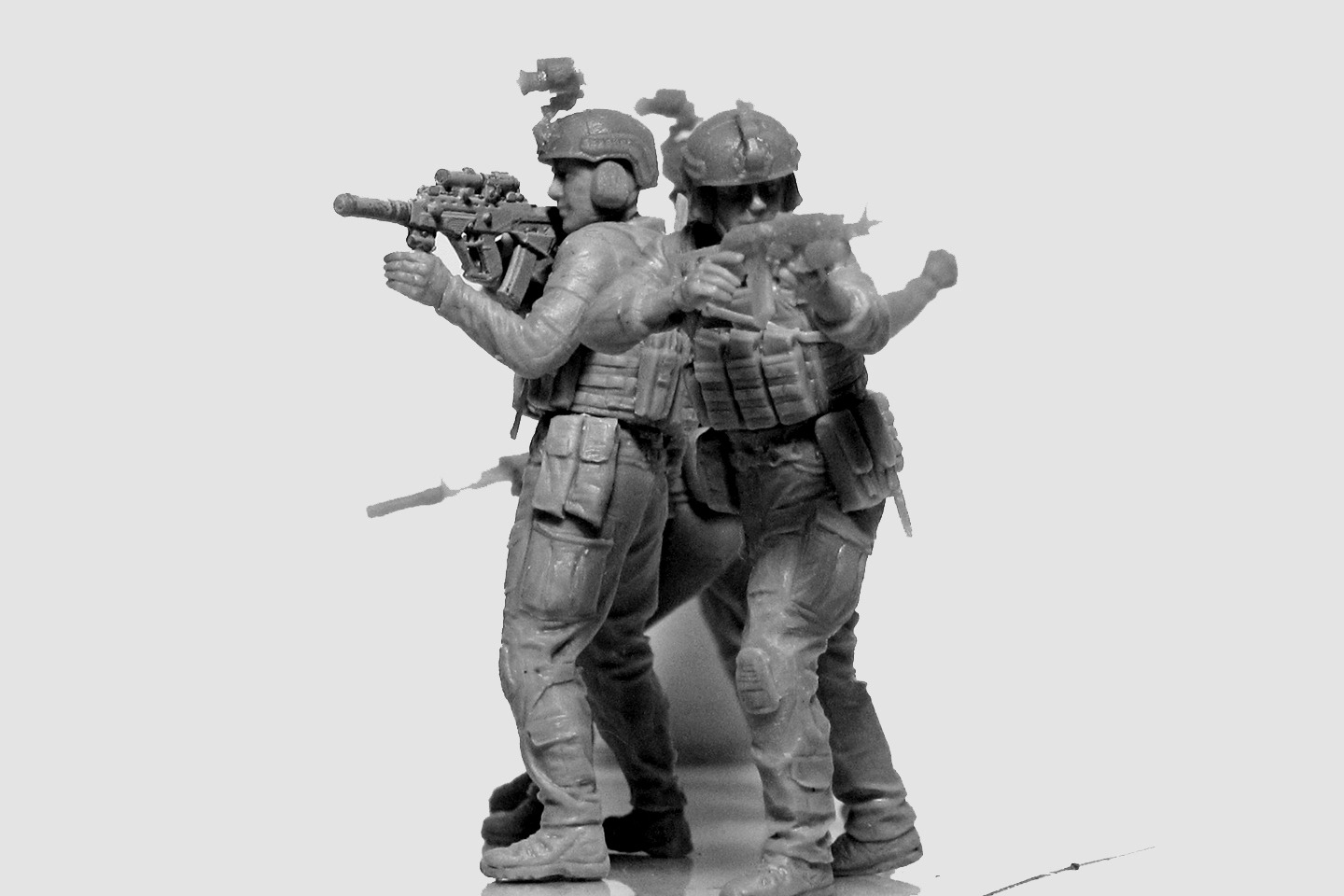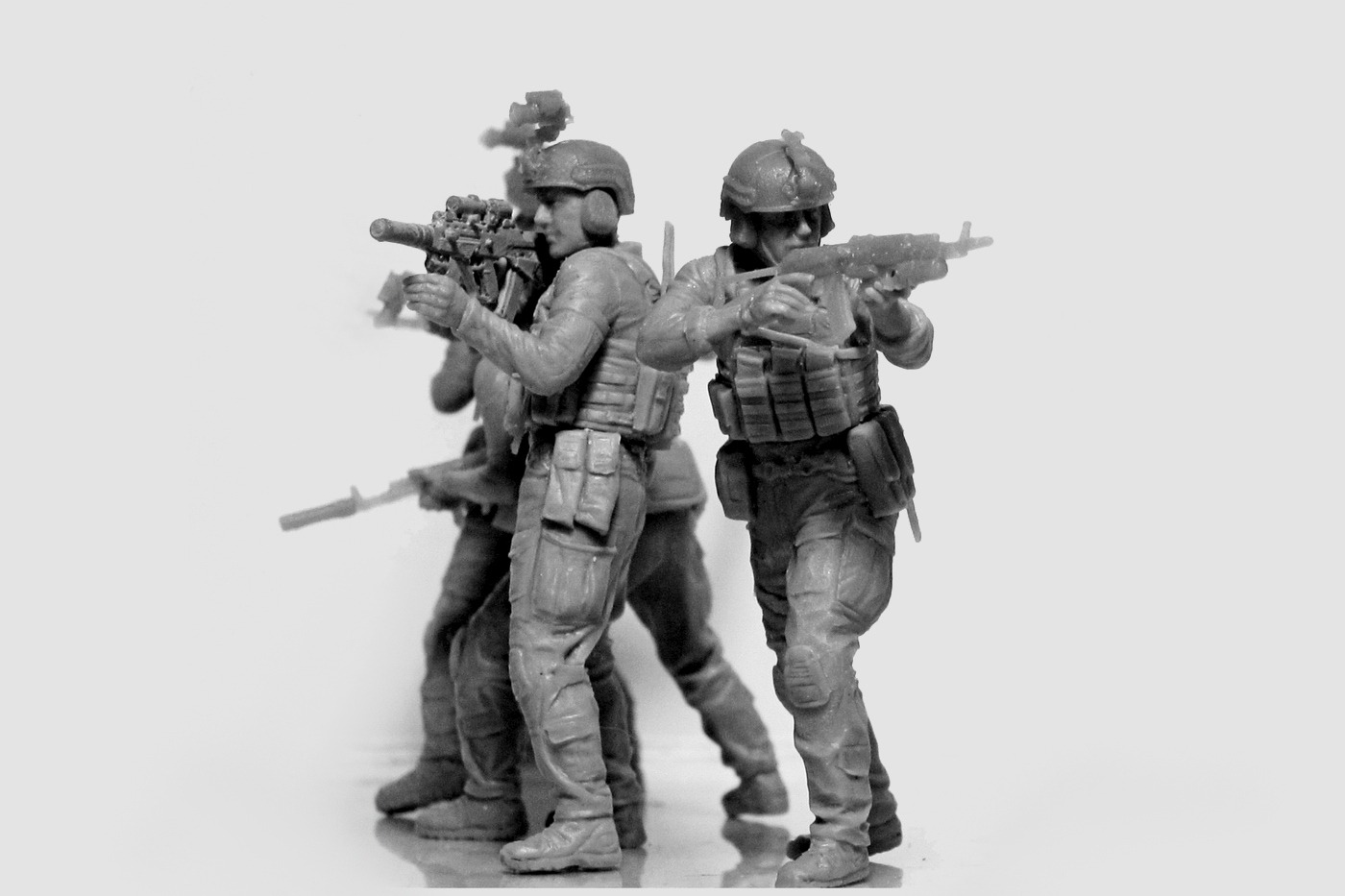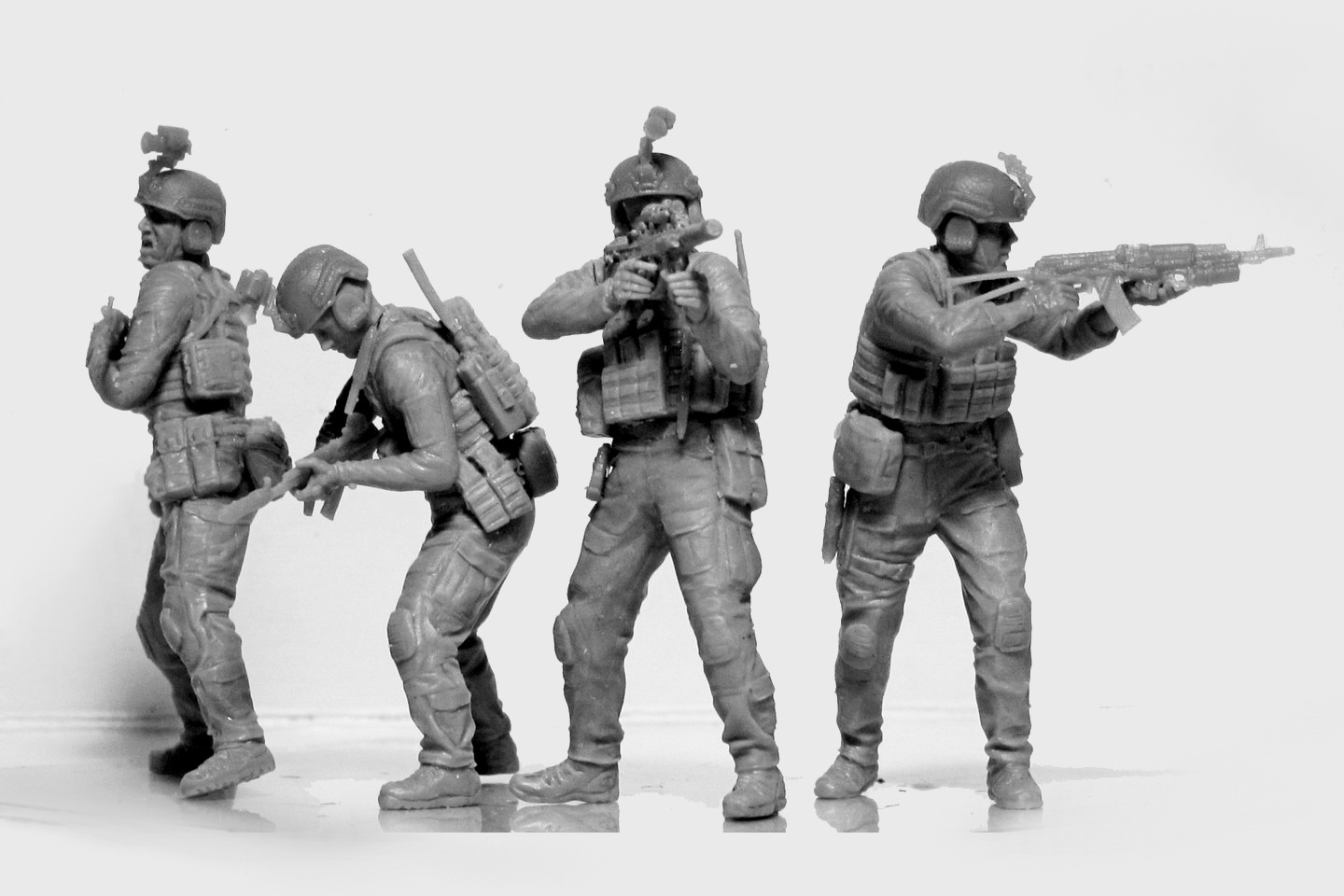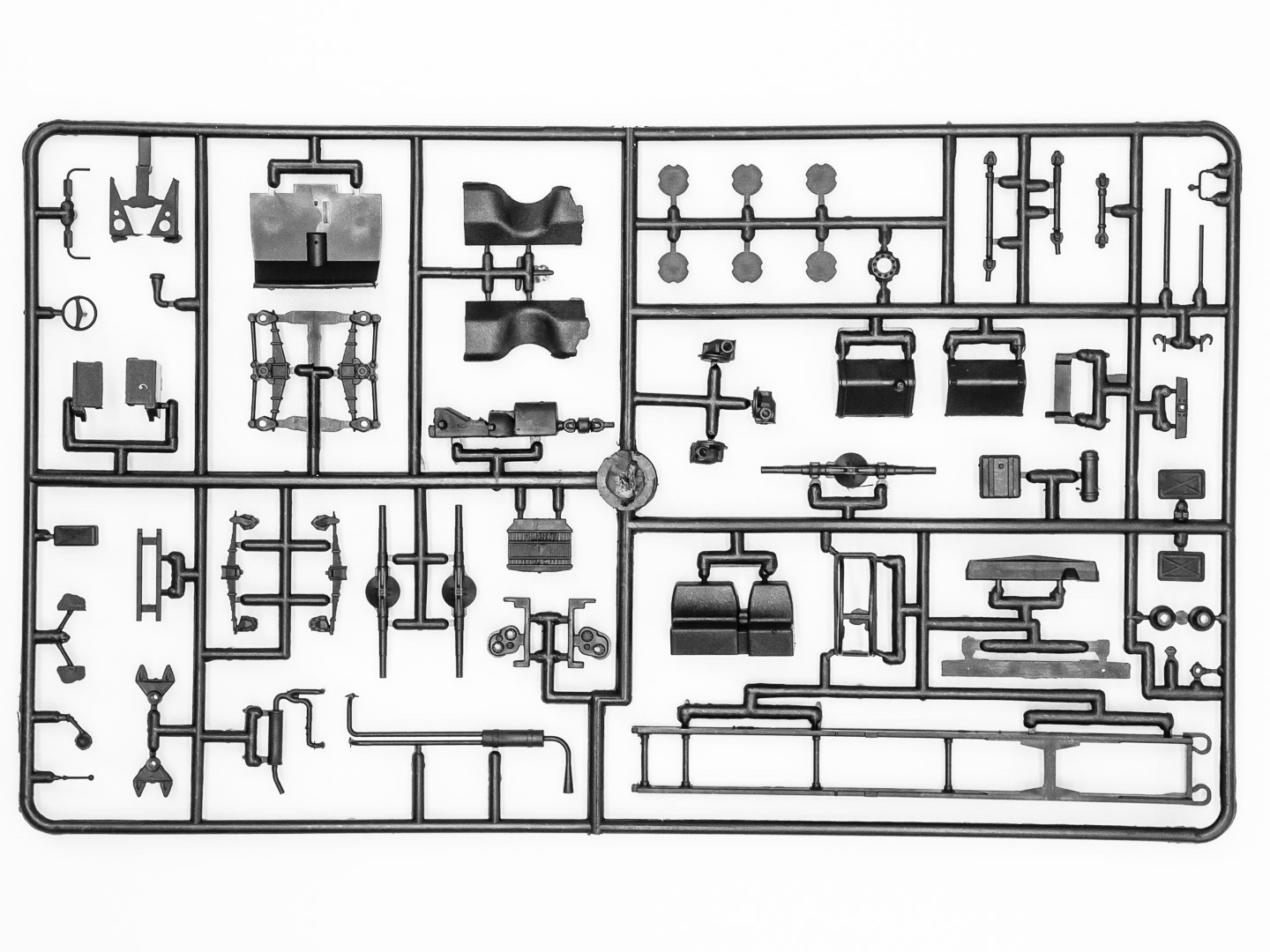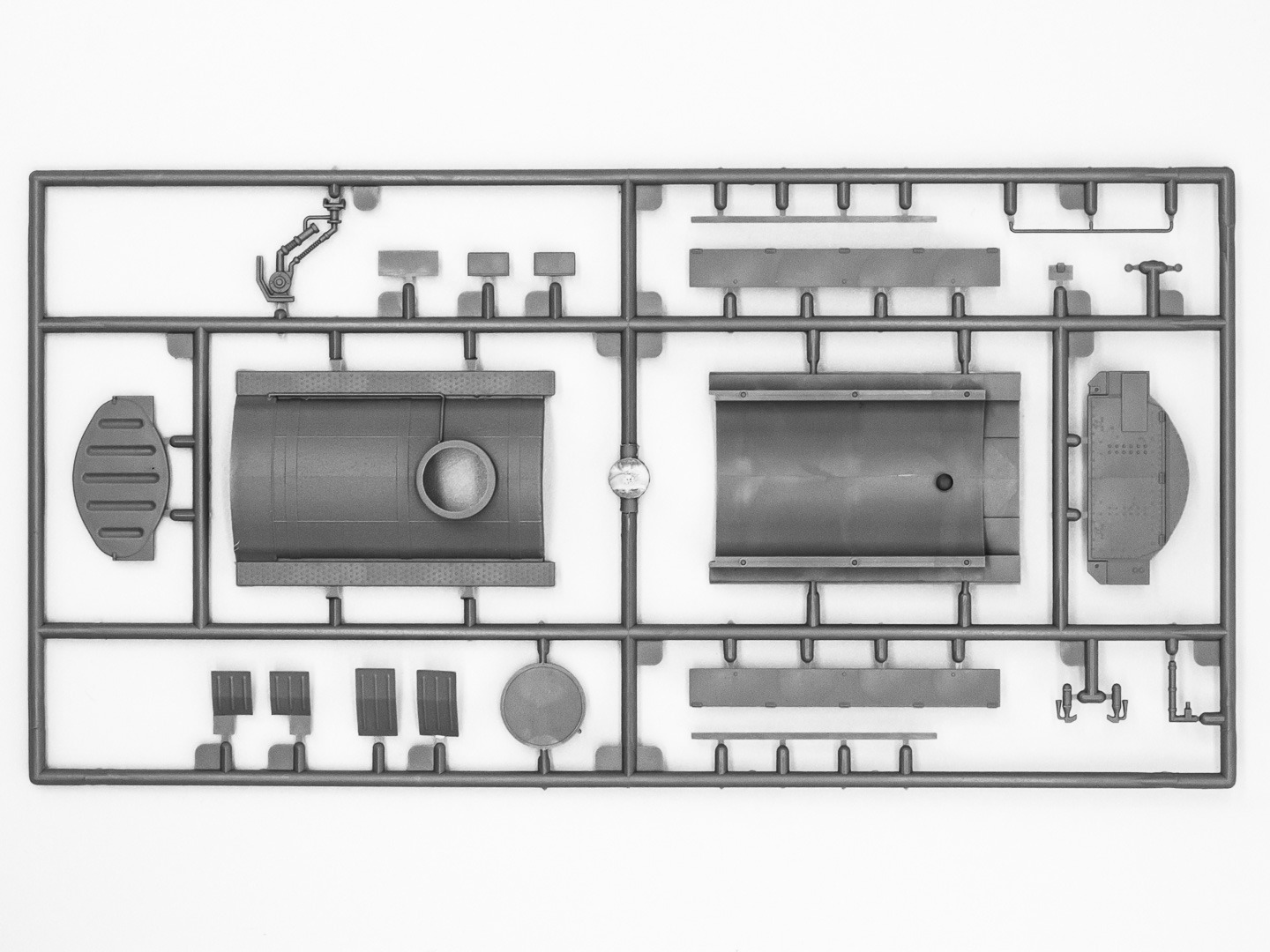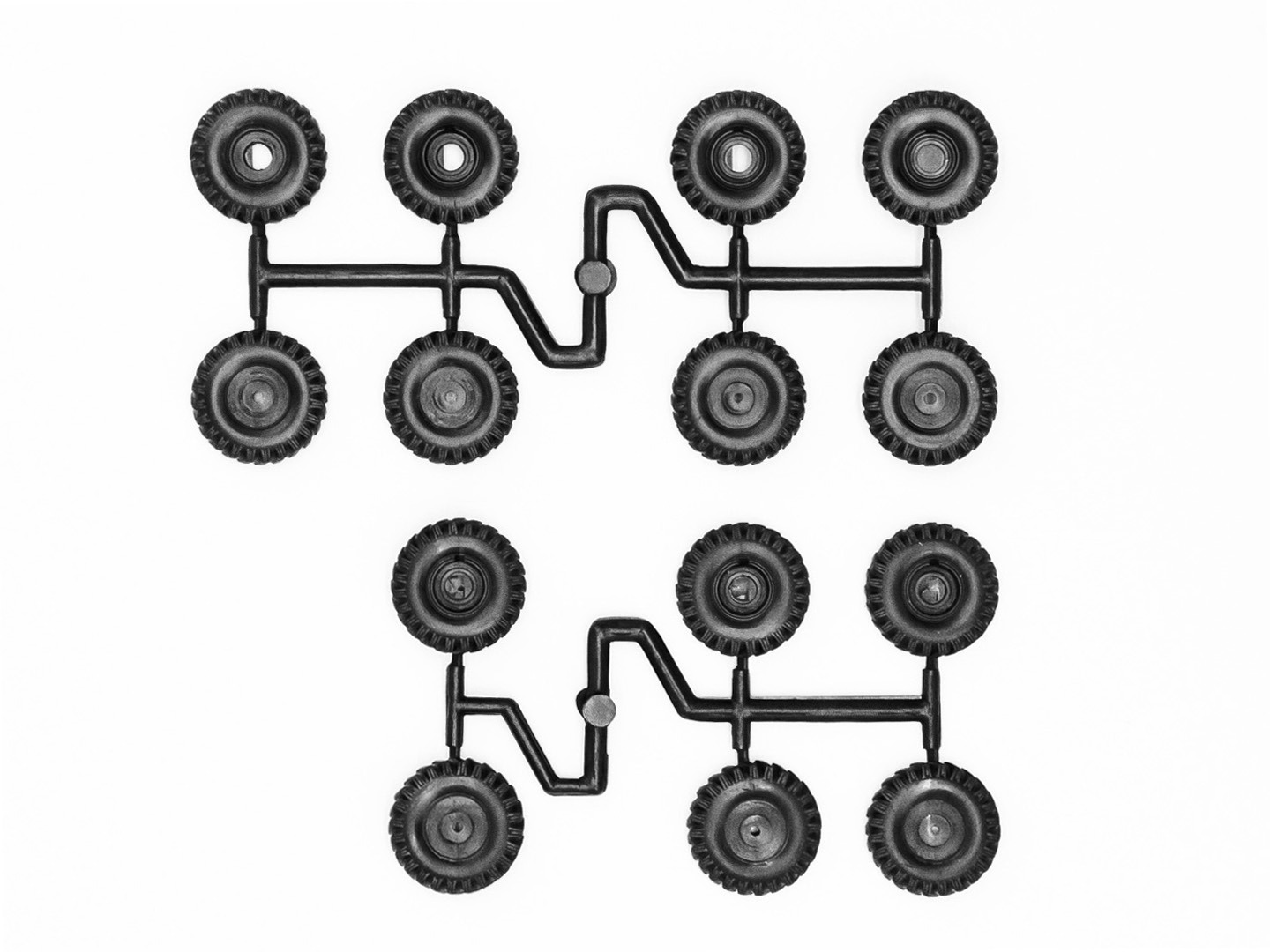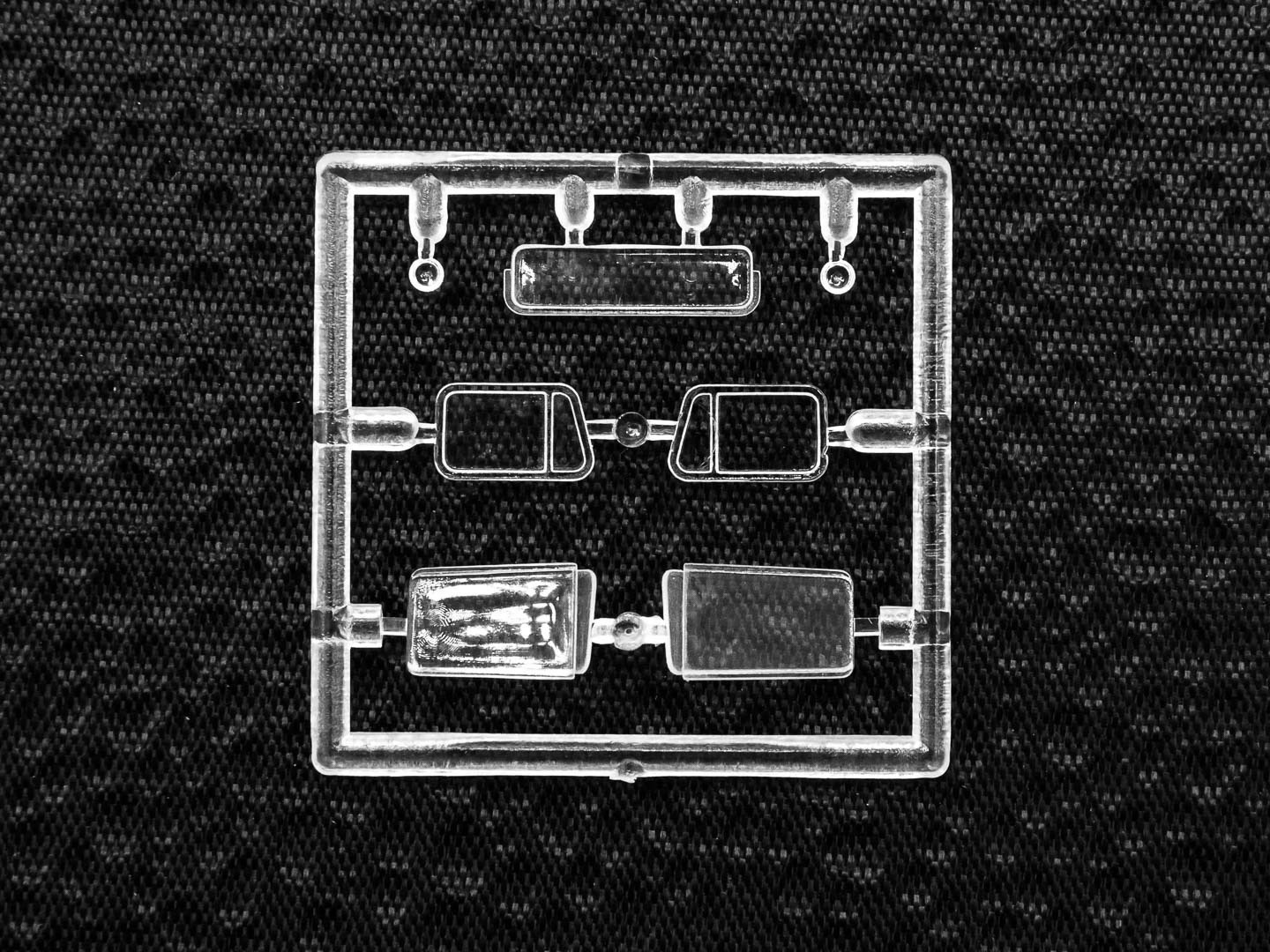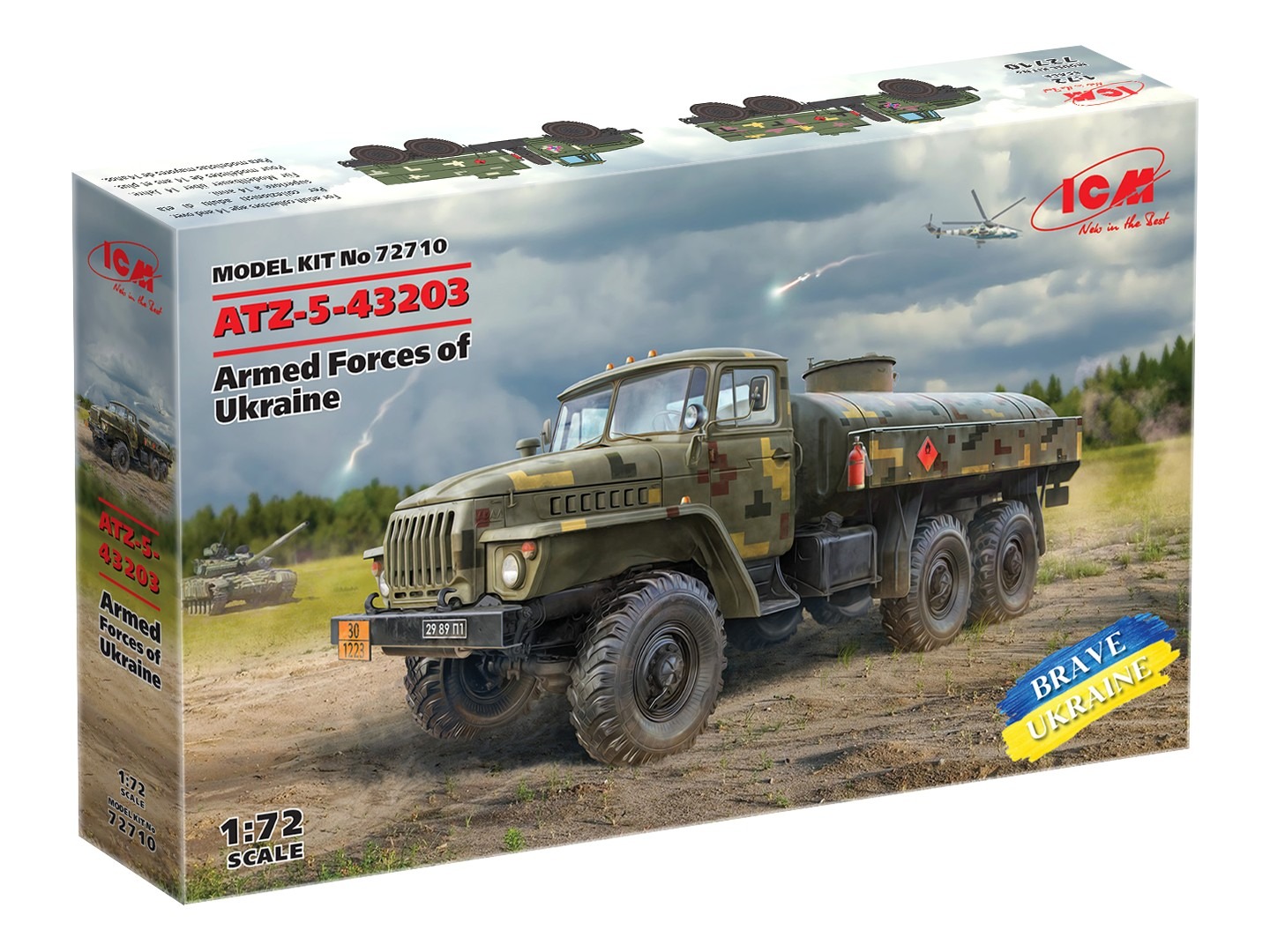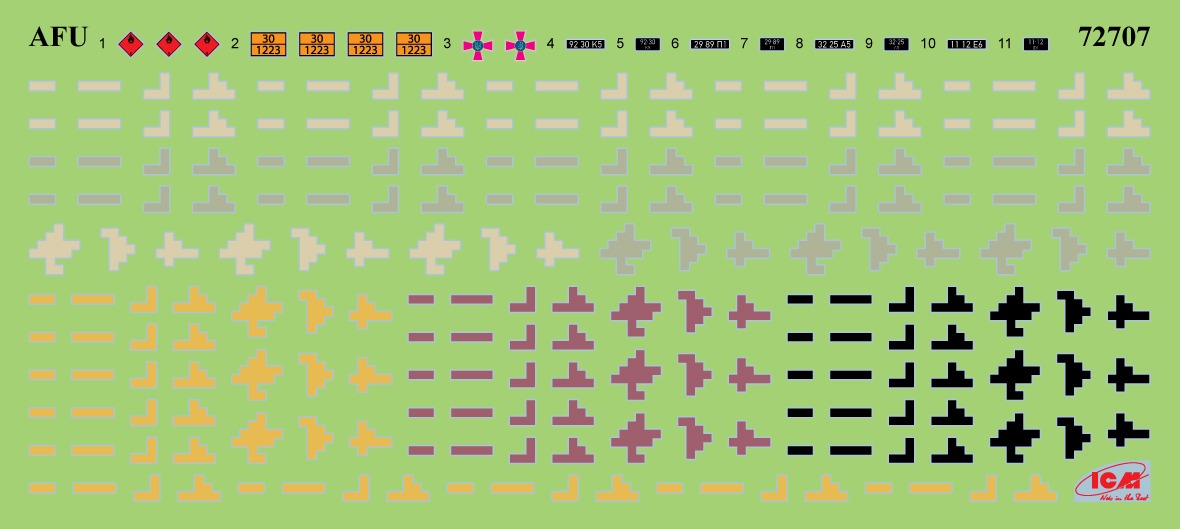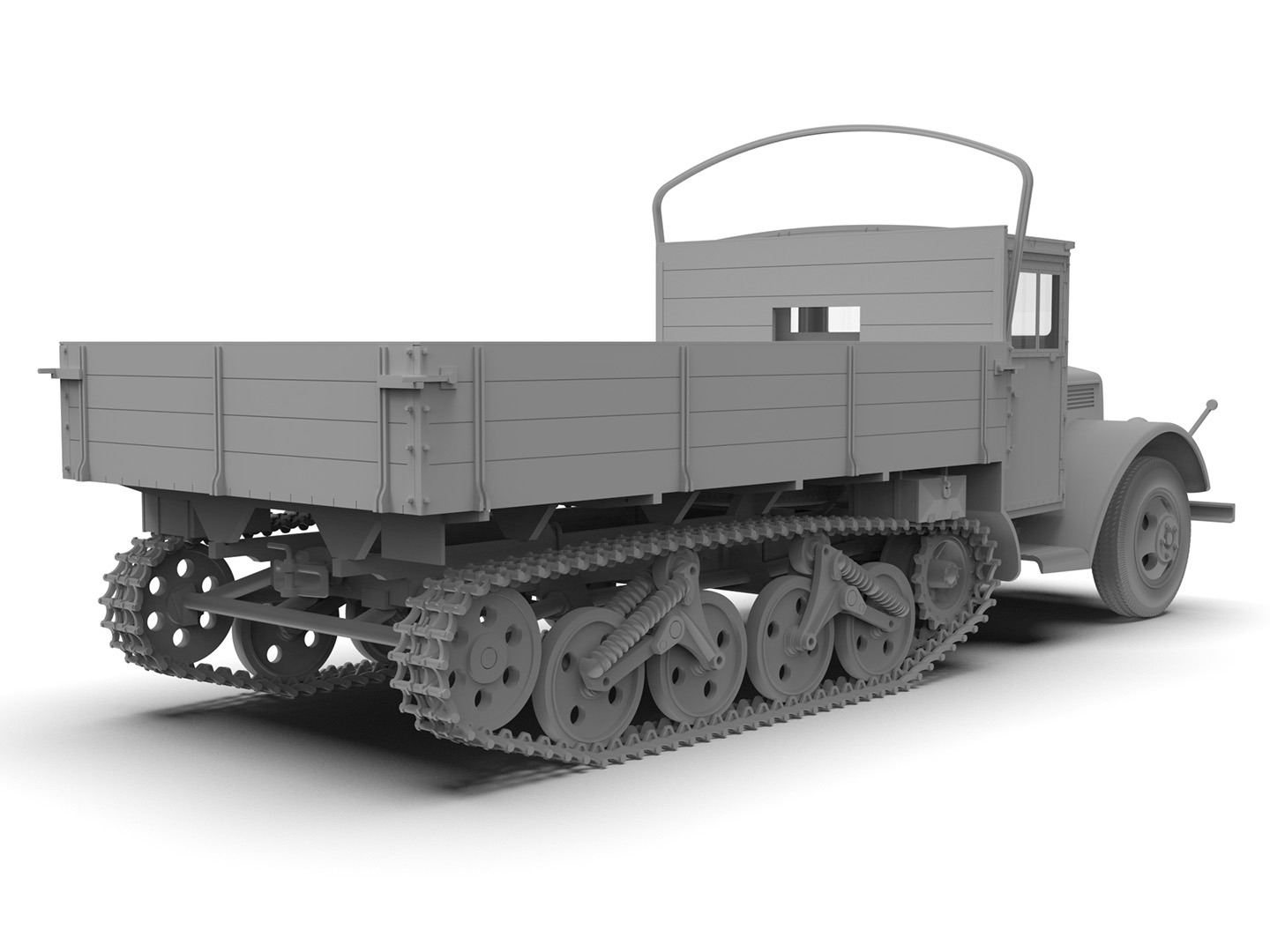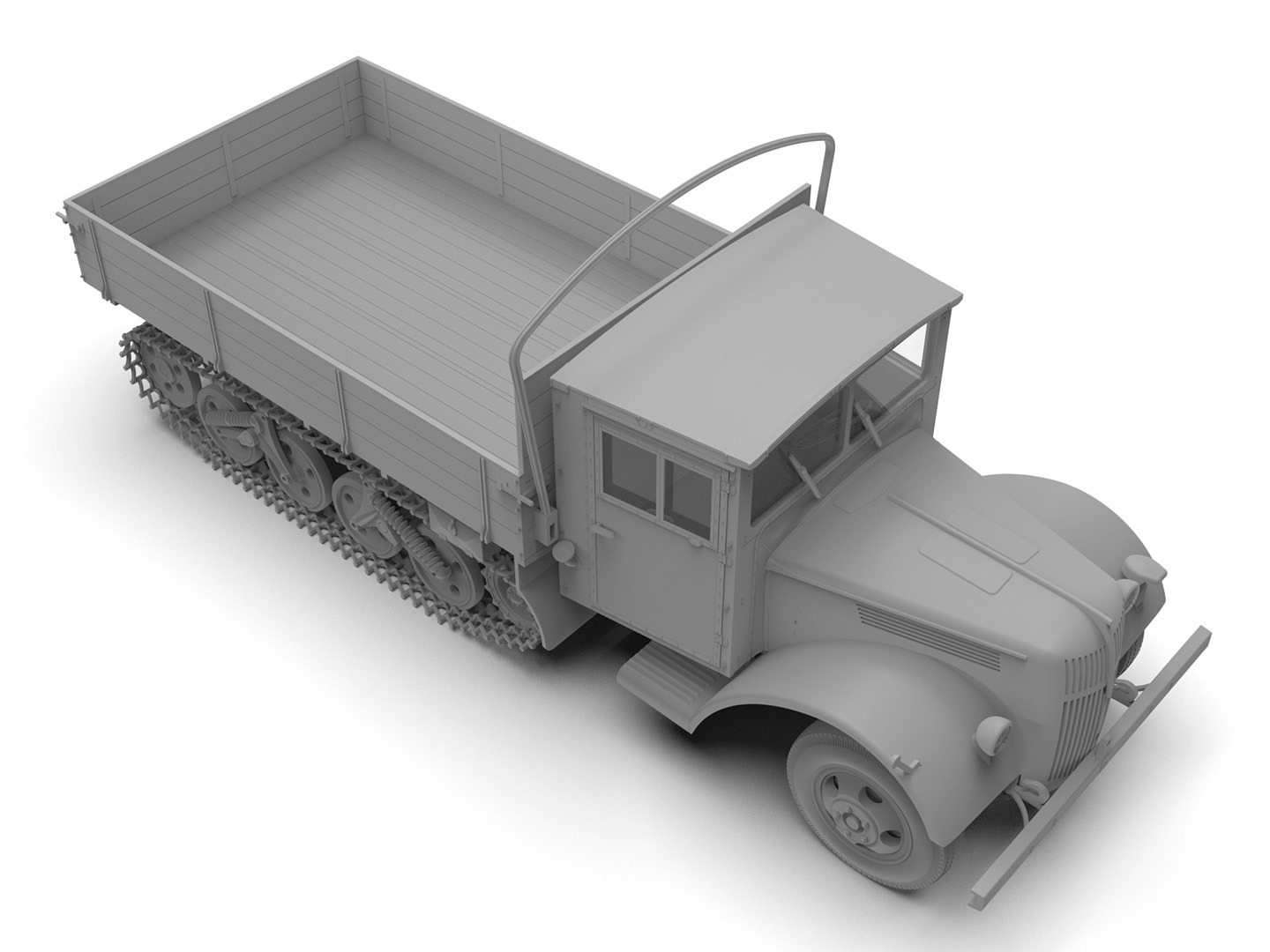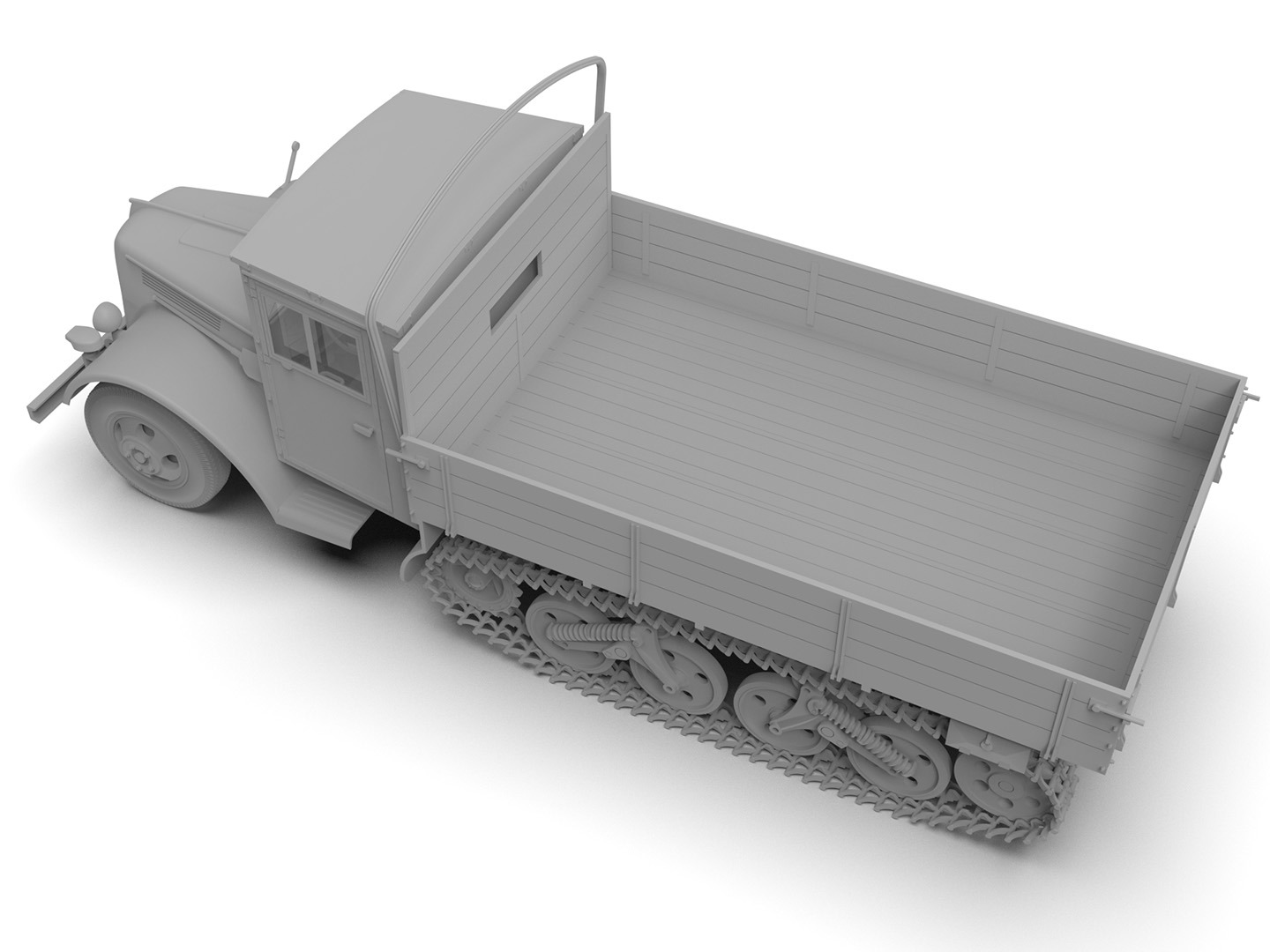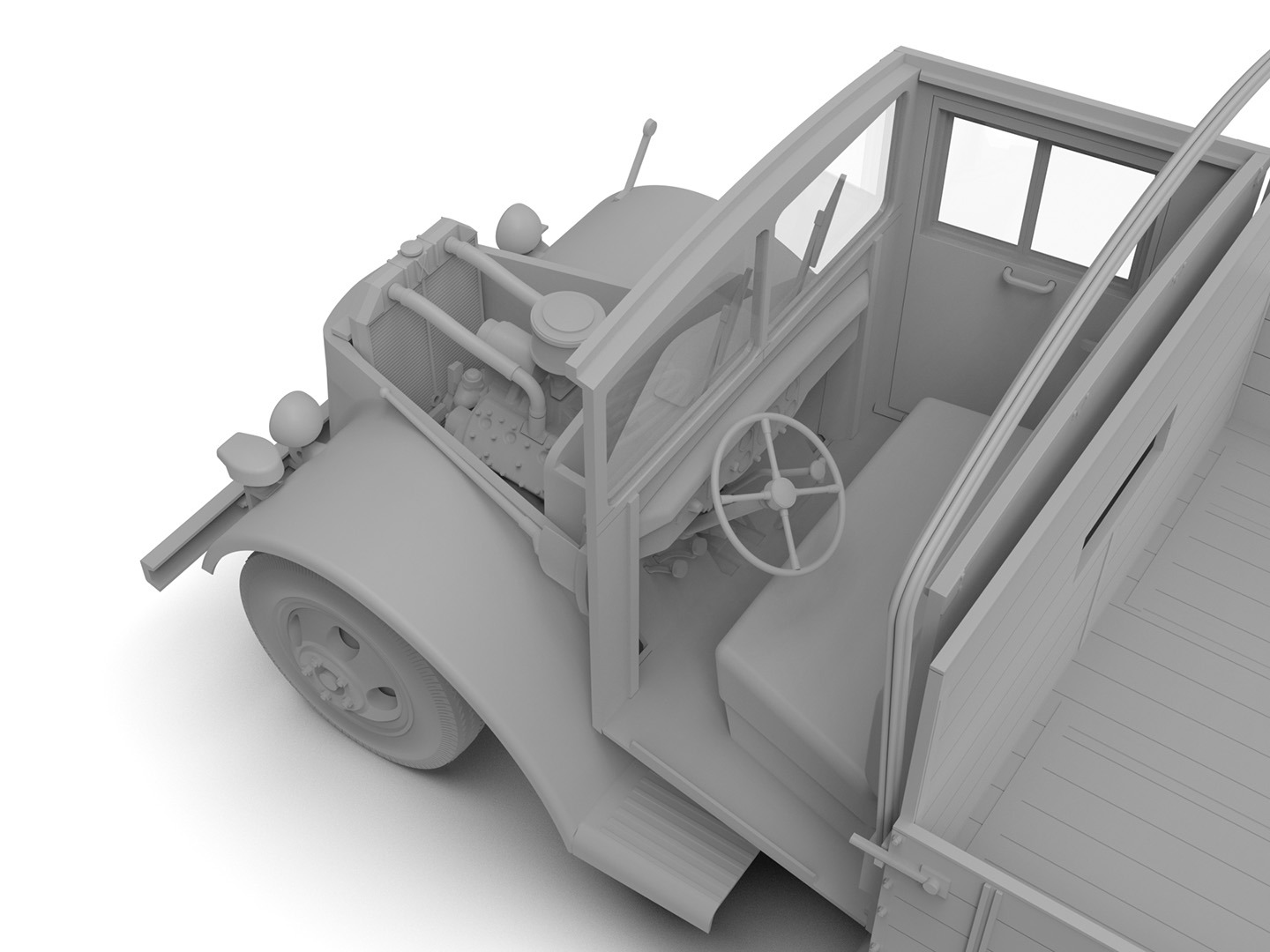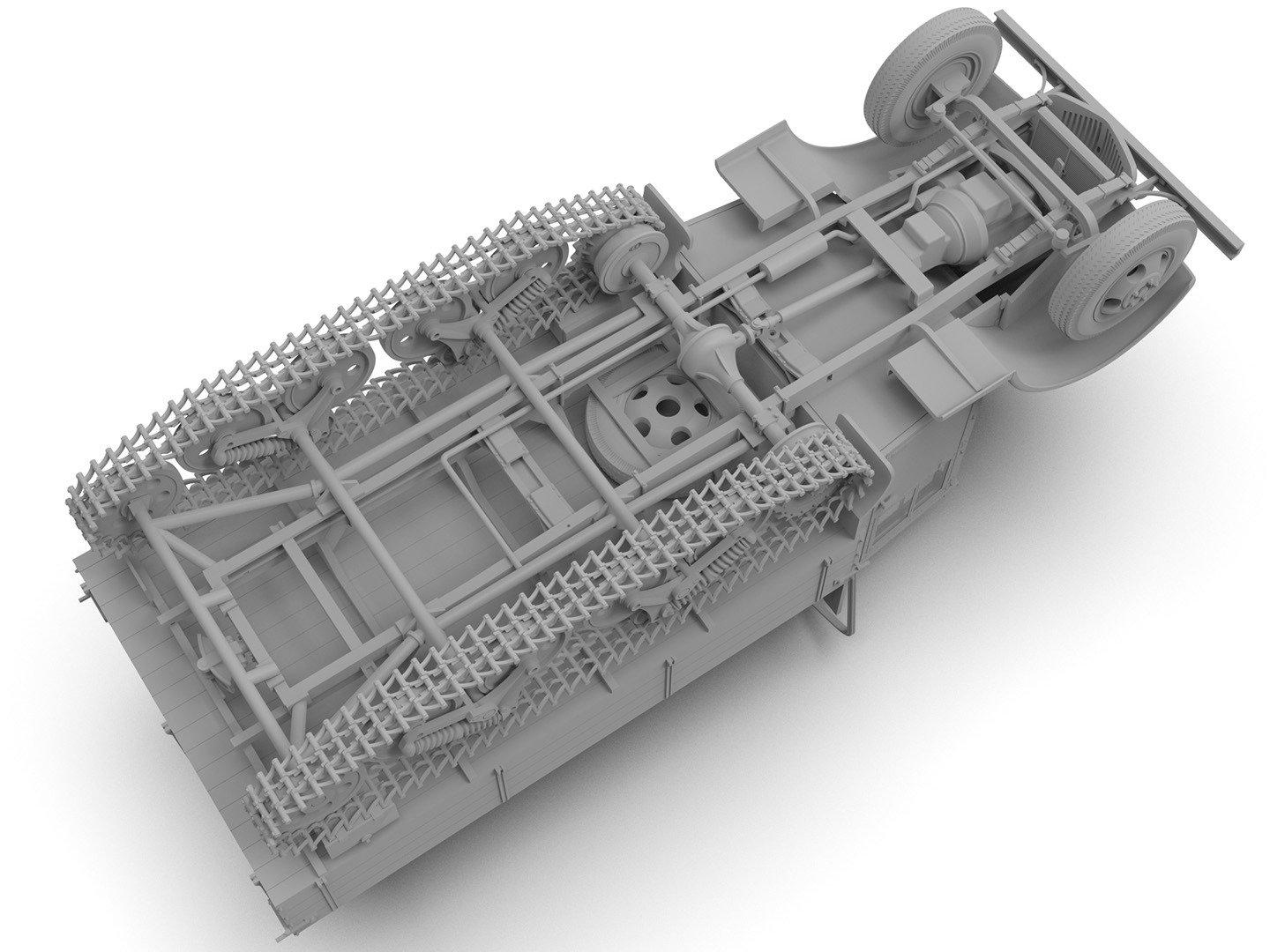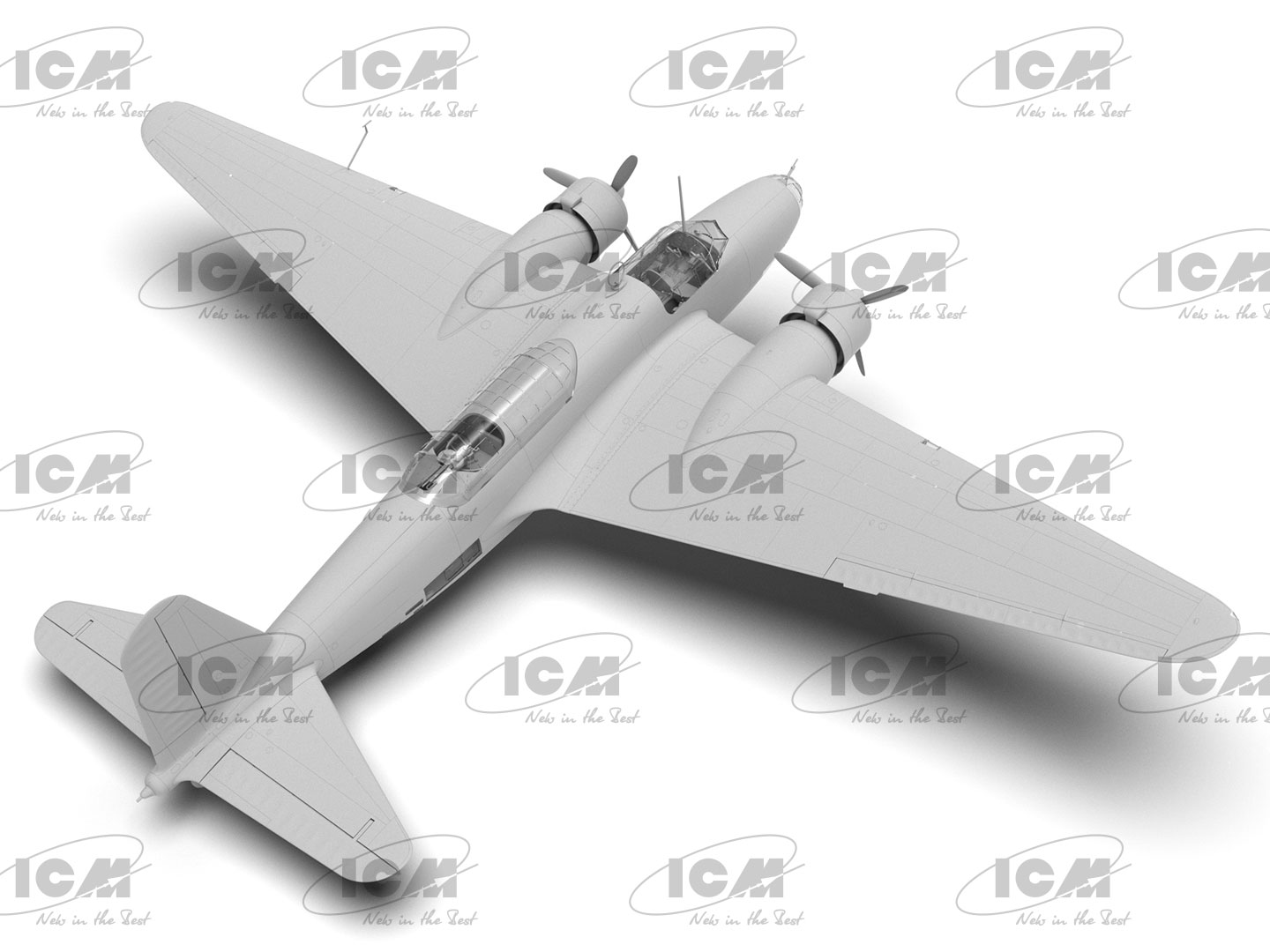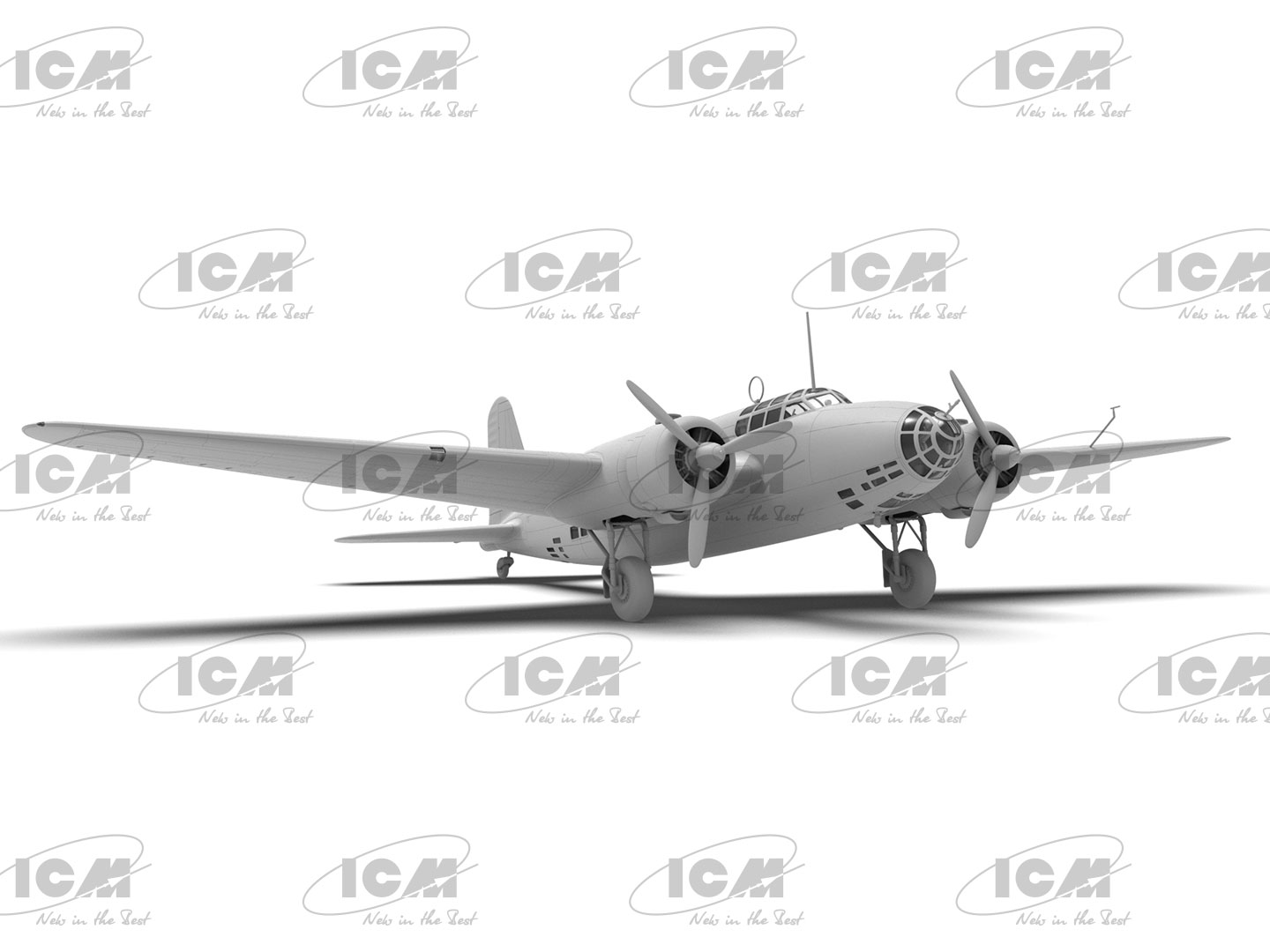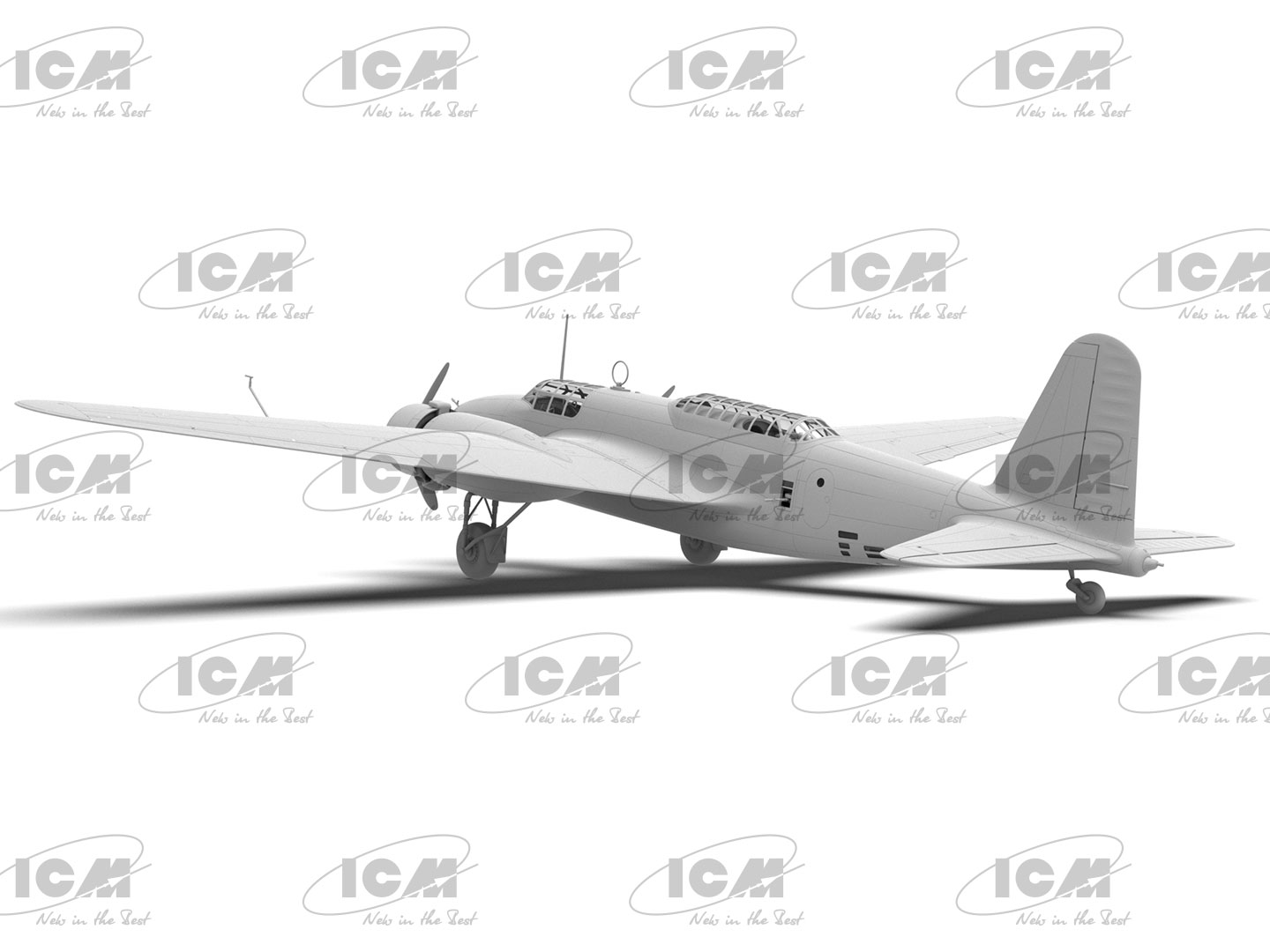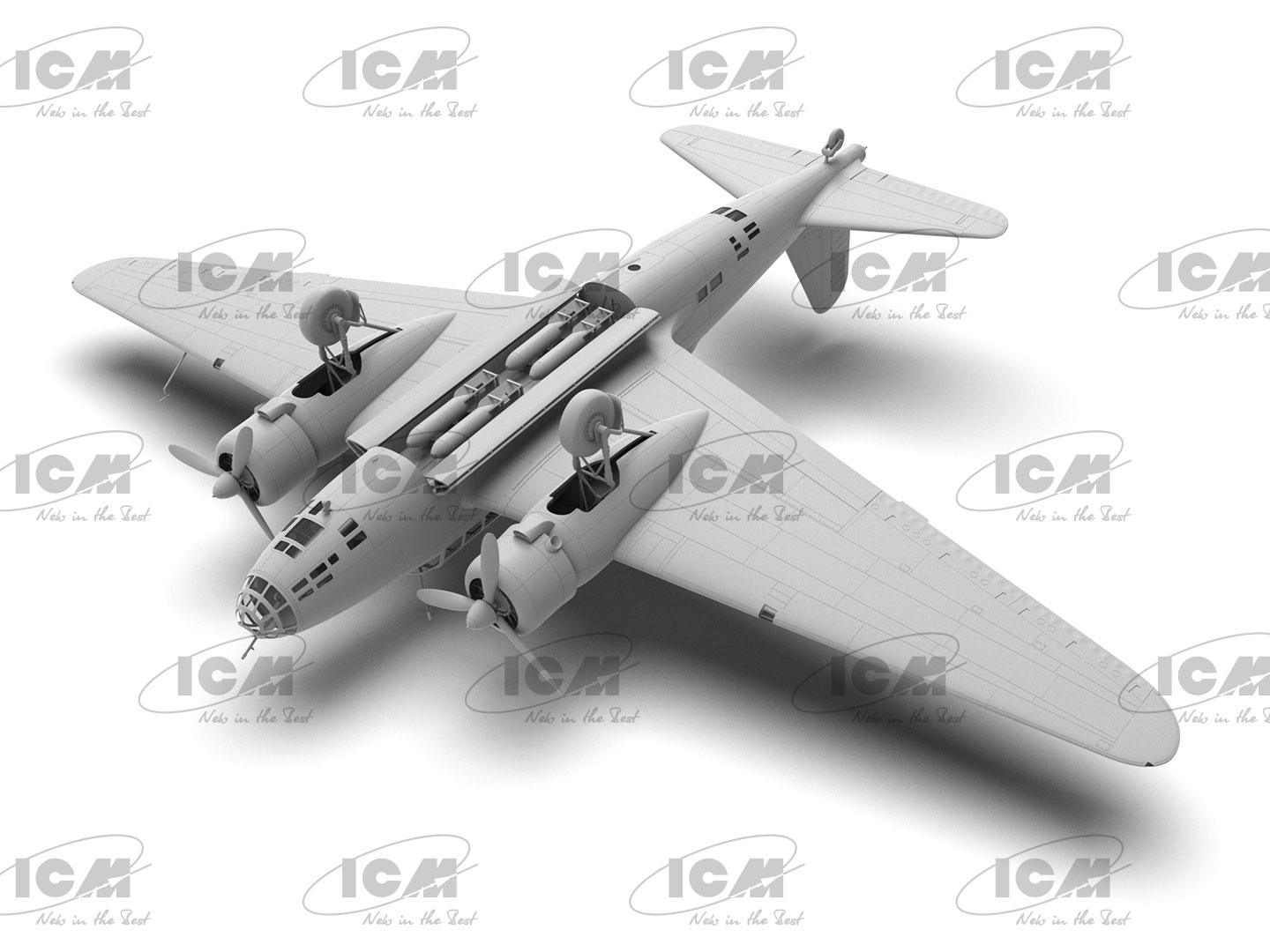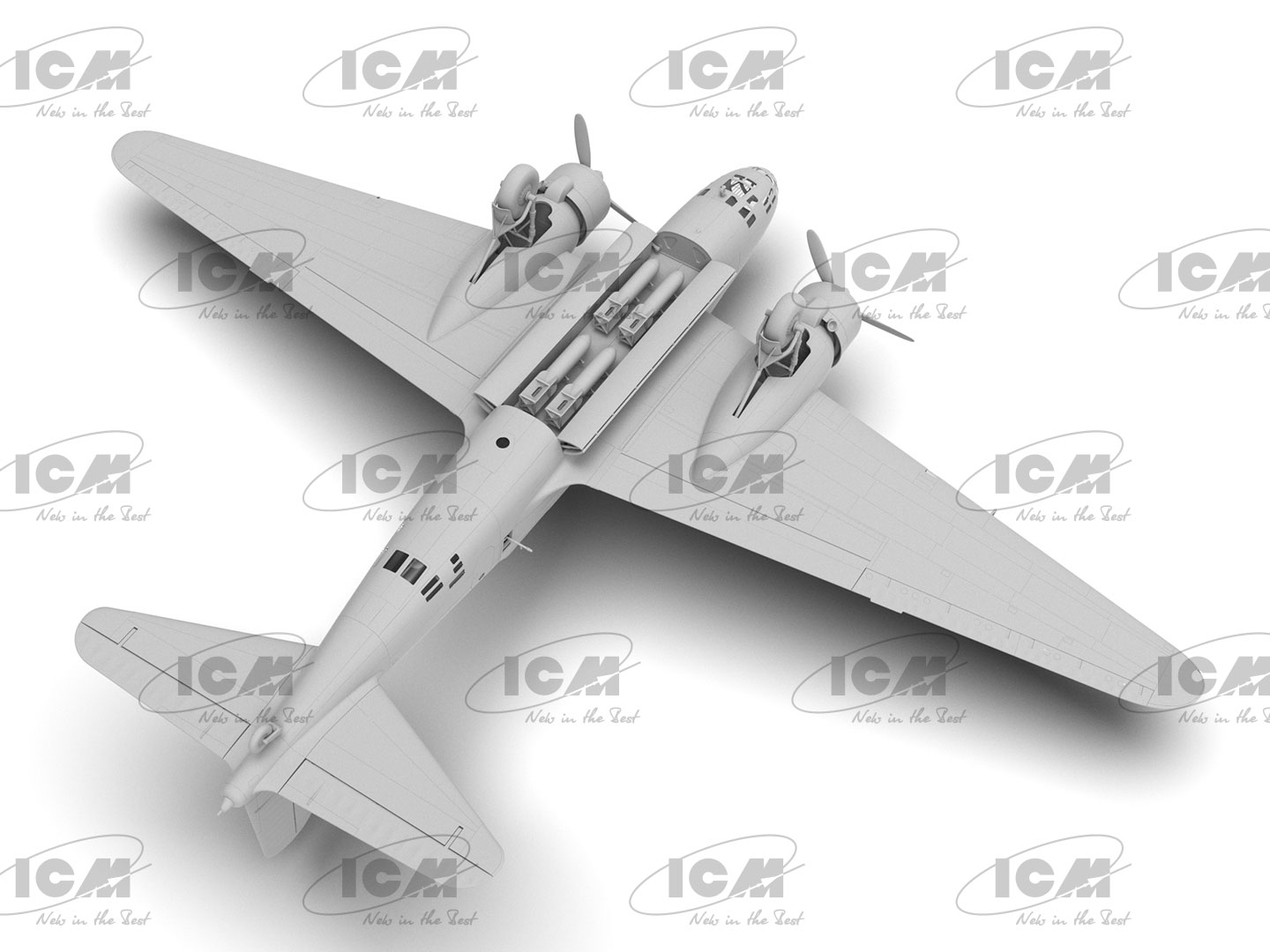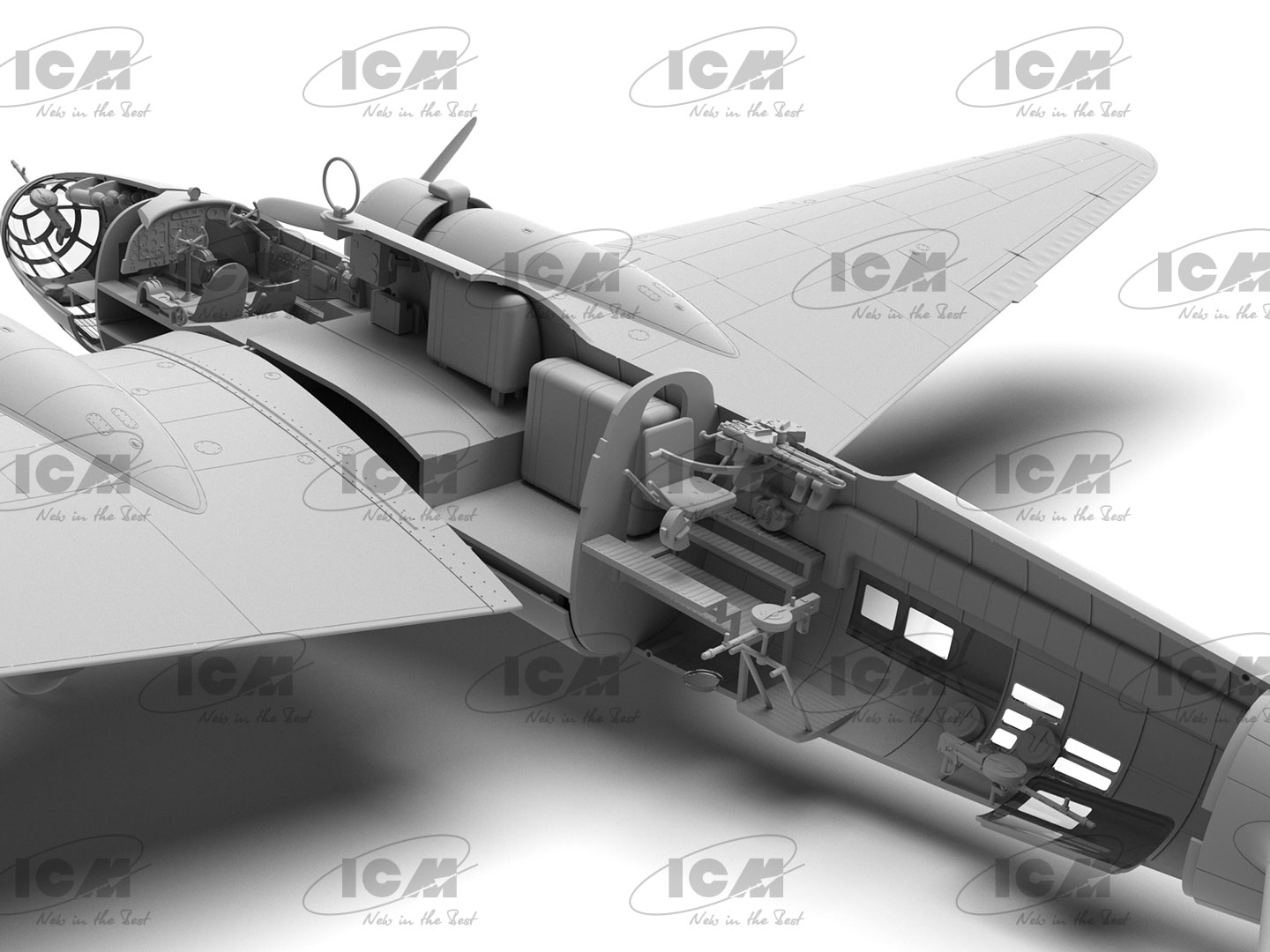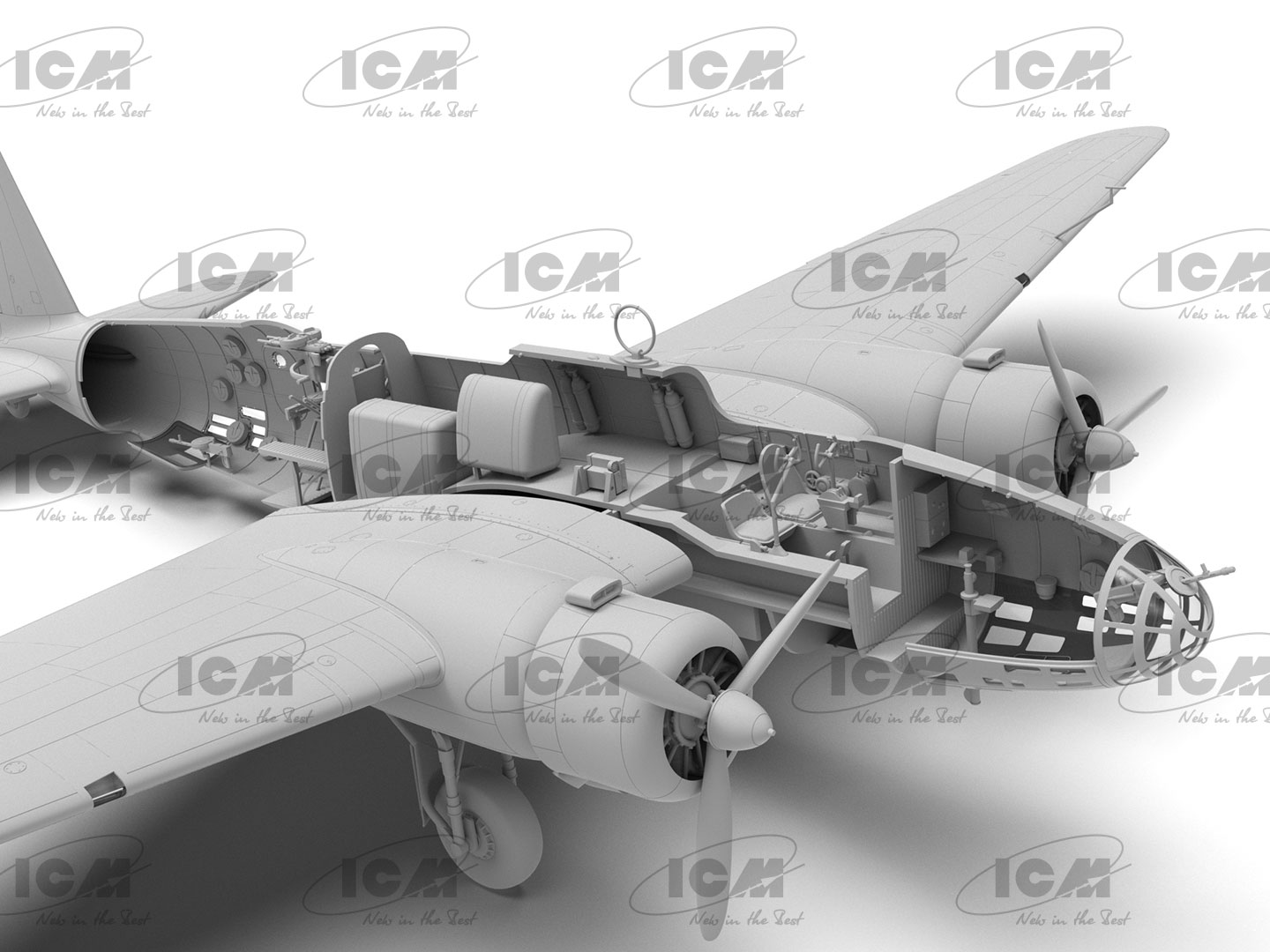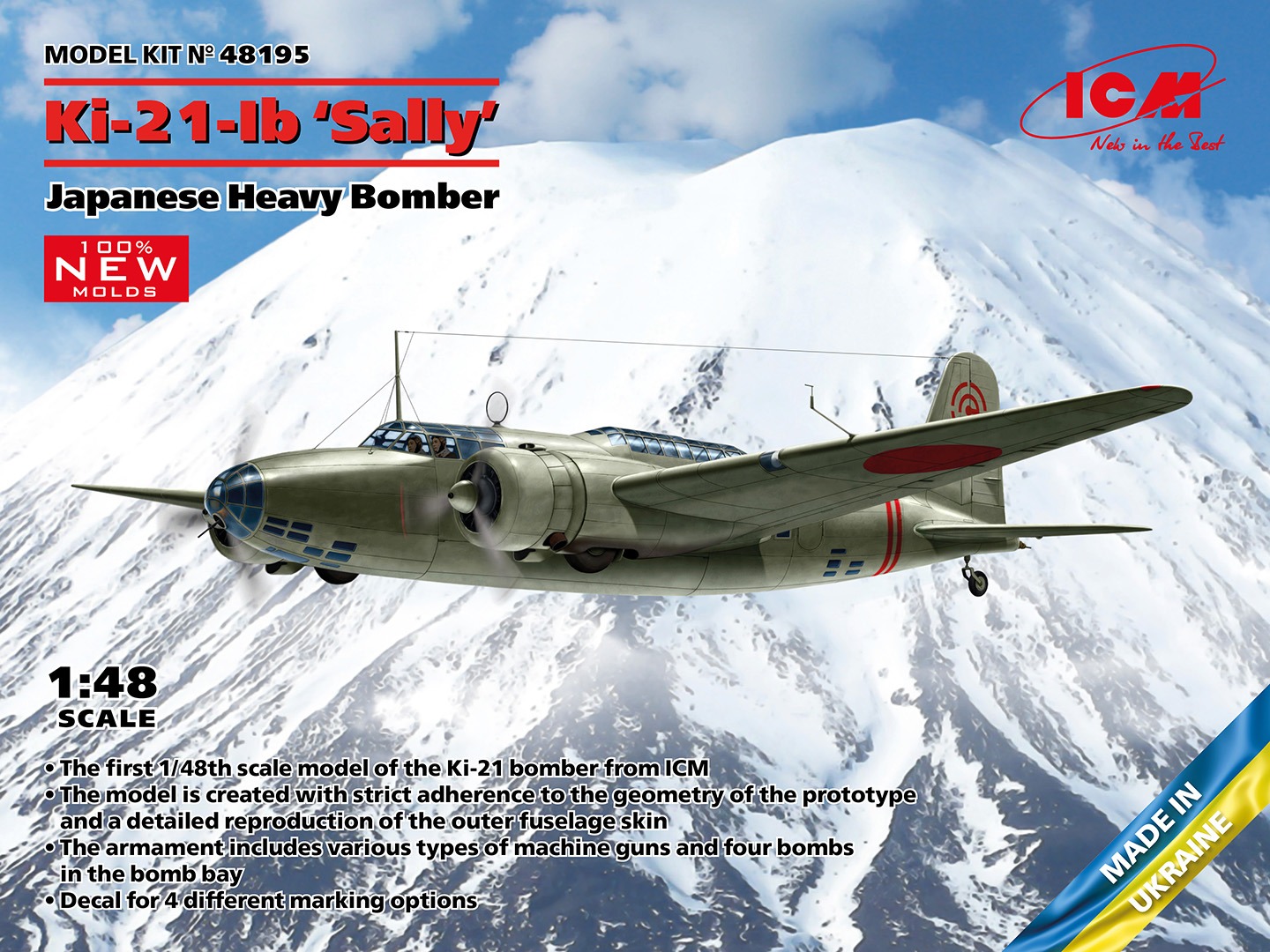 1/48 Ki-21-Ib ‘Sally’
1/48 Ki-21-Ib ‘Sally’
Japanese Heavy Bomber
The Ki-21 bomber, also known as the Sully during World War II, was developed by Mitsubishi designers in accordance with the requirements set by the General Aviation Directorate. The first prototype of the aircraft took off on December 18, 1936, and flight tests of prototypes took place over the next year. Serial production began in the spring of 1938. The bomber was produced by two factories, Nakajima and Mitsubishi, and the aircraft of these two different manufacturers had slight differences in the design of the nose of the fuselage. A modification of the aircraft designated Ki-21-Ib (the second production version of the Ki-21 bomber line) was produced with the experience of air combat in the skies of China and had enhanced small arms. The main visual difference between the bombers of this modification was the tail machine gun emplacement. The aircraft took an active part in combat operations during the Sino-Japanese War and the early stages of World War II. Subsequently, they were transferred to training units, and some of them were converted into transport aircraft.
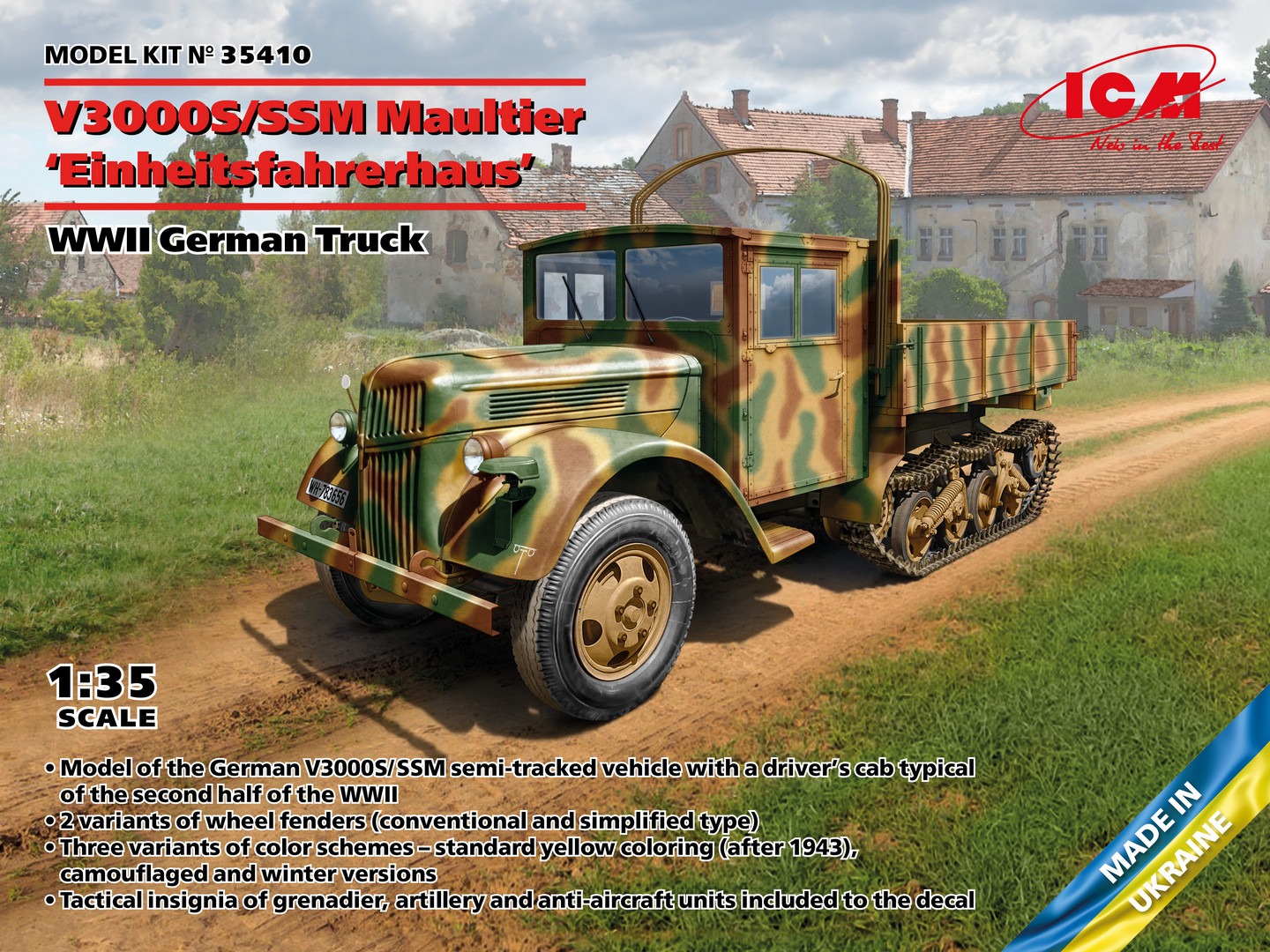 1/35 V3000S/SSM Maultier ‘Einheitsfahrerhaus’
1/35 V3000S/SSM Maultier ‘Einheitsfahrerhaus’
WWII German Truck
The V3000S with a 95 hp V8 gasoline engine was launched at the Ford plant in Cologne in 1941. Production continued until the end of World War II, with a total production run of more than 25,000 vehicles. This truck was used by the German army, air force and navy. The vehicle had only rear-wheel drive, so it had insufficient off-road capability. To solve this problem, about 14,000 of these trucks were produced in the Maultier semi-tracked version, designated V3000S/SSM. Along with the tracks, the Maultier was also equipped with brake levers, which allowed the truck to turn on the spot like a tank. Starting in 1943, simplified cabs (‘Einheitsfahrerhaus’) were installed on Wehrmacht trucks to simplify and reduce the cost of production. In turn, the V3000S/SSM Maultier semi-tracked trucks were equipped with such cabs.
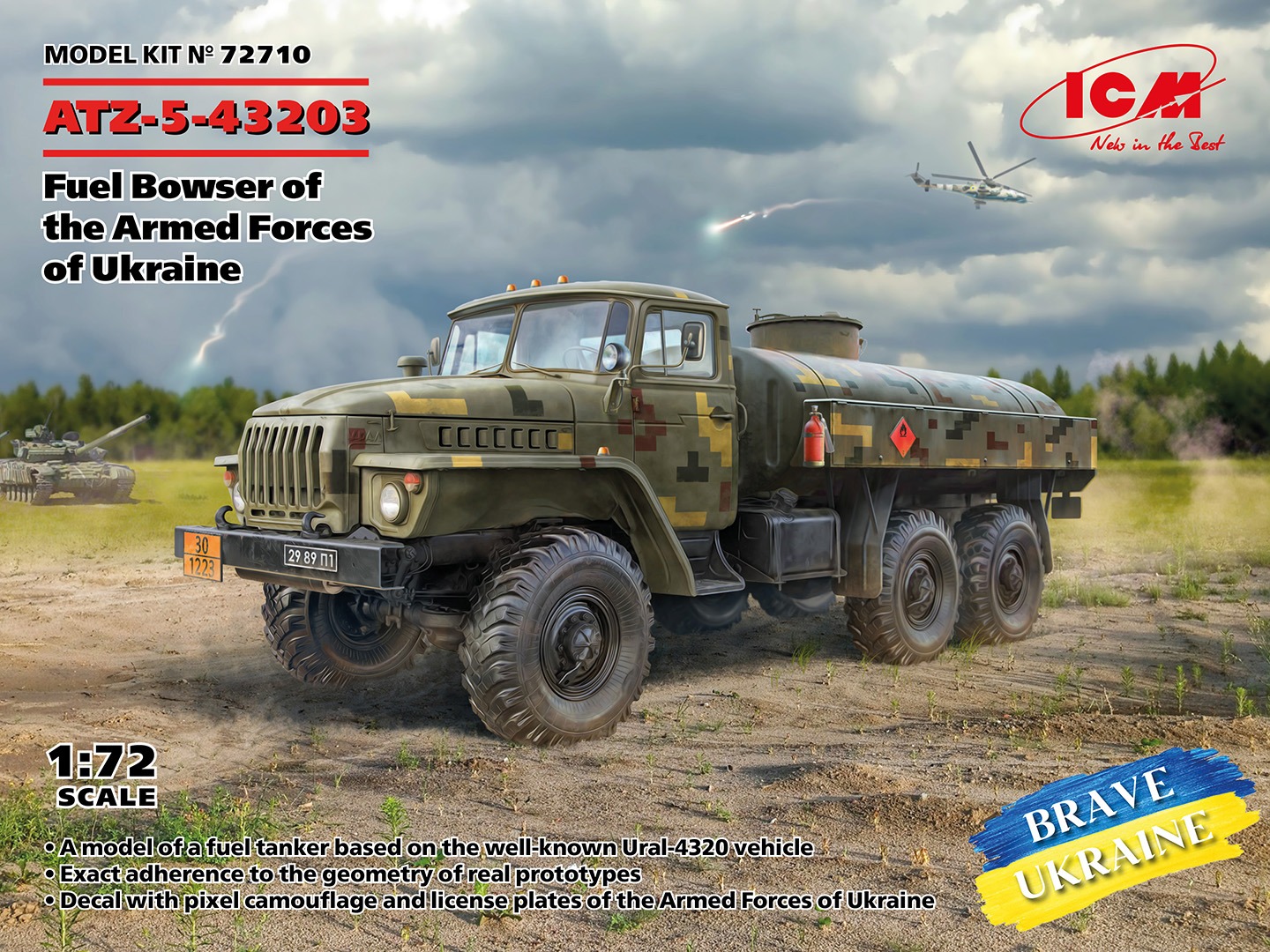 1/72 ATZ-5-43203
1/72 ATZ-5-43203
Fuel Bowser of the Armed Forces of Ukraine
Production of Ural-4320 trucks was launched in the late 1970s. The main tasks for this vehicle were to transport cargo, people and towing trailers on all types of roads. The 6×6 wheel arrangement provided good cross-country ability on difficult roads, while the robust design and powerful diesel engine allowed it to transport loads weighing up to 7 tons. Over time, the design of the truck was improved, and improved versions are still being produced today. The vehicle was used to create a line of specialized equipment for various tasks: vehicles with closed bodies, mobile radio stations, radars, Grad multiple rocket launchers, and others. Special versions with a fuel tank mounted on the chassis of the base vehicle are used to provide fuel to military units. One such version is the ATZ-5-43203, which is used by the transport units of the Armed Forces of Ukraine.
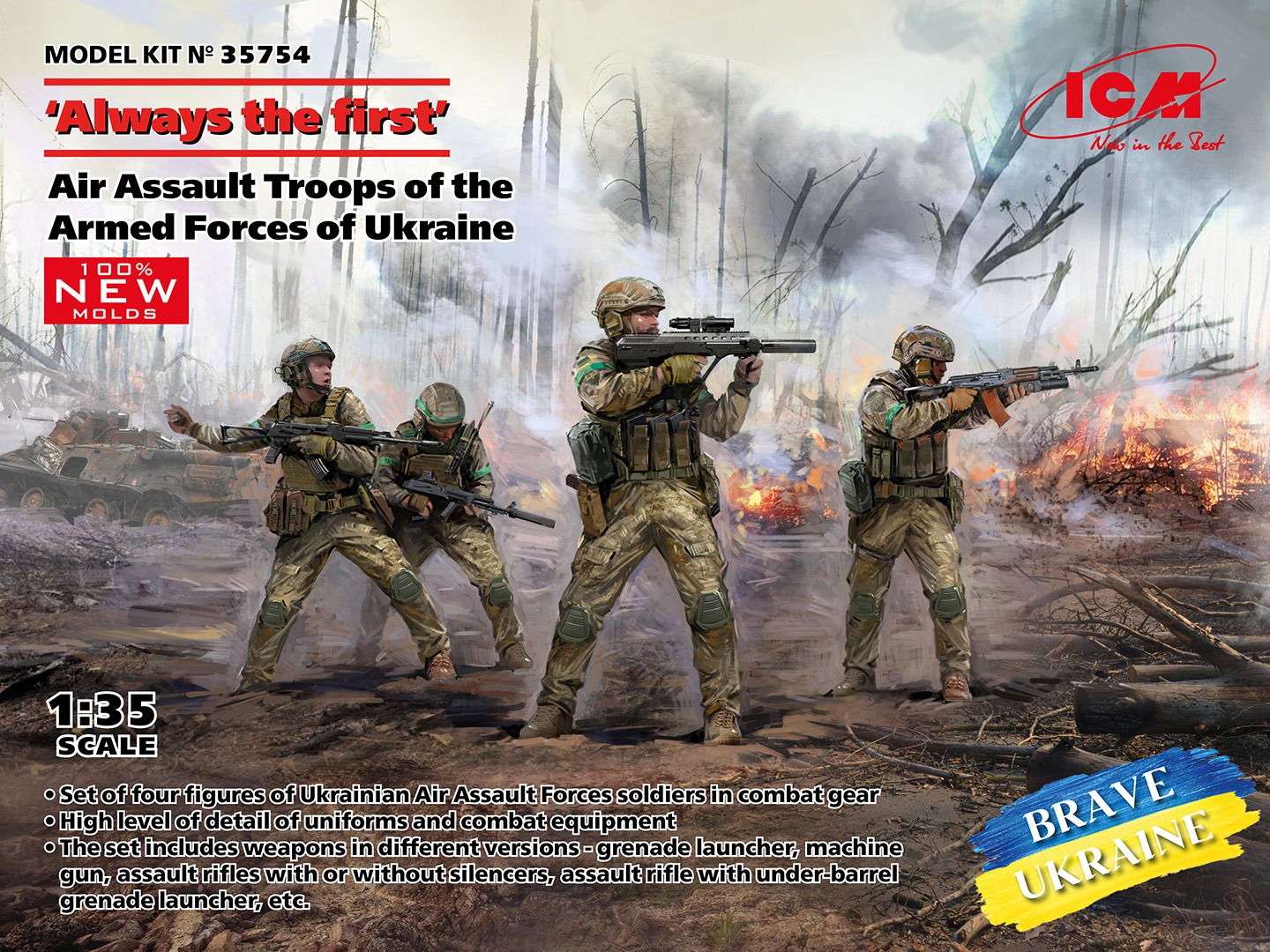 1/35 “Always the first”
1/35 “Always the first”
Air Assault Troops of the Armed Forces of Ukraine
The Air Assault Forces of Ukraine were created in 2017 on the basis of the existing Highly Mobile Landing Troops, which at that time already had its own separate command. According to their purpose, the units and subunits of the Air Assault Forces are divided into airborne and air assault troops; to enhance their strike potential, tank units were added to their composition; in 2022, a separate Jaeger brigade was added. The airborne assault troops are characterized by a high level of combat readiness, mobility, the ability to perform tasks independently in difficult conditions, high motivation, and morale. A special feature of their everyday and ceremonial uniforms is a maroon-colored beret. Since 2014, this army branch has been actively involved in combat operations, first in the southwest, and with the outbreak of full-scale hostilities – in other regions of Ukraine.
 1/35 Helicopters Ground Personnel
1/35 Helicopters Ground Personnel
Vietnam War
The Vietnam War is often referred to as the “Helicopter War,” a name that emerged as a result of their active participation in the armed conflict in Indochina. U.S. Army helicopters performed a wide range of different missions, including troop transportation, reconnaissance, fire support, cargo transportation, and search and rescue of downed aircraft crews. A large number of ground personnel, including technicians, mechanics, and weapons specialists, were involved in the maintenance and repair of the helicopters. They were engaged in scheduled maintenance of helicopters, engines and weapons equipment. The technicians also eliminated malfunctions that occurred during combat missions, such as damage to the helicopter fuselage caused by ground fire.
HobbyLink International
Hoblylink International Shop
eBay Store



